Toothpick Crossbows

A 2017 craze in China saw kids stocking up on Toothpick Crossbows, which could reportedly pierce an aluminium can from a distance of 20 to 66 feet. Schools, naturally, began to confiscate these distracting and potentially dangerous toys. One ten-year-old suffered permanent sight loss after one toothpick launched from a crossbow hit him in the eye. For many of the banned crossbows, it was impossible to trace the manufacturers. Chinese state news called upon the general public to report anything they knew about the “evil-minded” creators of the toys.
Snacktime Cabbage Patch Kid
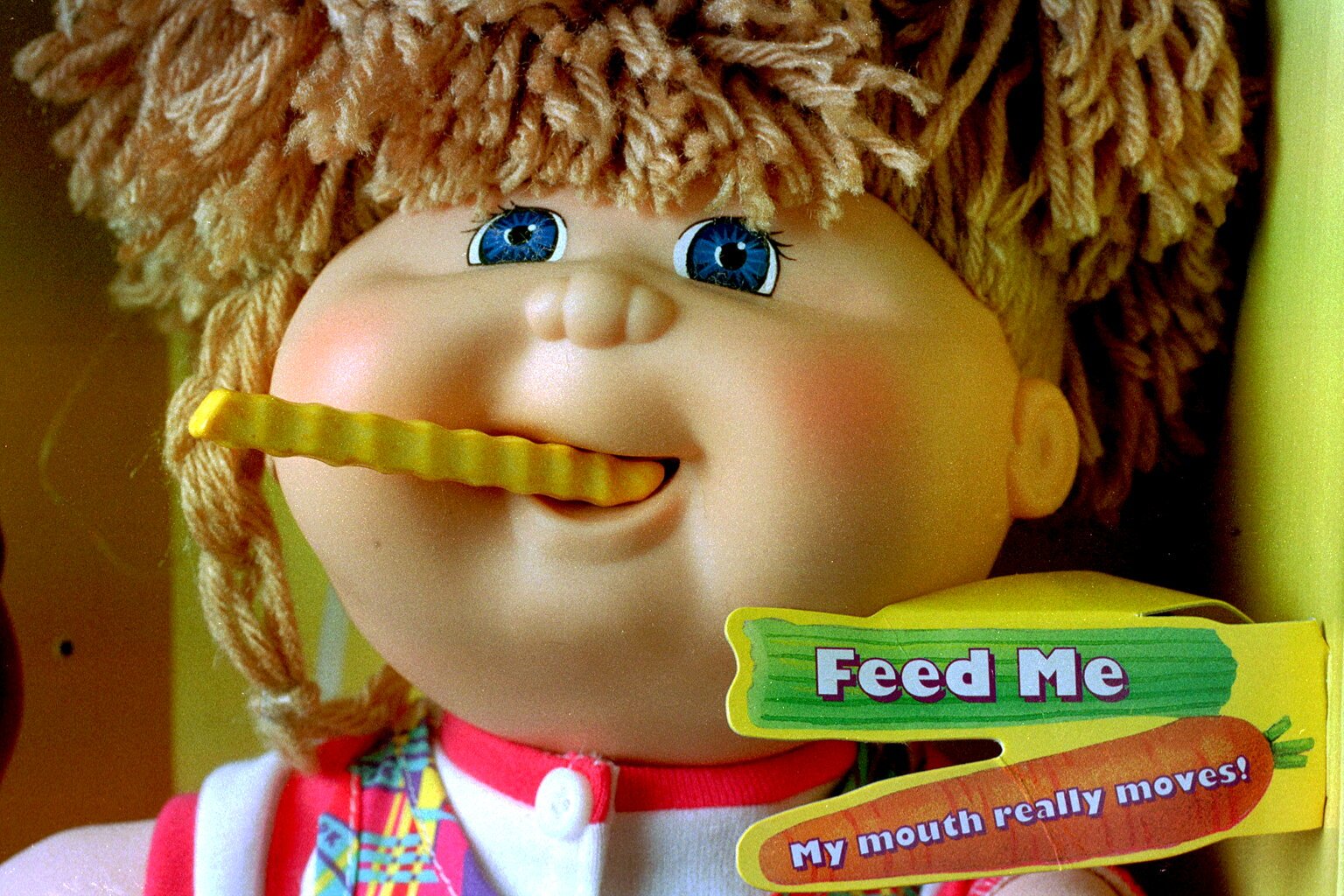
The premise of the Snacktime Cabbage Patch Kid was that children would be able to feed the doll pretend food. Kids could feed their doll a variety of plastic snacks, which could then be removed from inside the doll and re-used again.
One problem: the jaws on the toys were pretty powerful – and they’d only stop ‘chewing’ once they’d finished eating. So if a child happened to get their fingers or hair near the toy’s mouth, they’d struggle to get the doll to stop trying to ‘eat’ them.
Rollerblade Barbie

Barbie is probably the most famous toy in the world, but some of her incarnations have been met with controversy. Rollerblade Barbie was released by Mattel in 1991 and was unique for her flashing skates. While Roller Barbie’s skates flashed with harmless LED lights, they also literally fired out sparks when you rolled them over a flat surface.
Some worried that the doll could potentially cause fires if the sparks got out of control. Unsurprisingly, Mattel quickly recalled the product before any children were seriously injured.
Jarts

Heavy, metal darts with a rather sharp point at the end – what could possibly go wrong? Lots, as it happens. Before they were banned, there were over 6,100 reports of injuries from jarts – or ‘lawn darts’ – in the US alone.
Tragically, in April 1987, seven-year-old girl Michelle Snow was killed when she was hit by a stray lawn dart. Snow’s father was distraught and began to lobby for a ban on lawn darts, as he feared that it was only a matter of time before the same thing happened again.
Sky Dancers
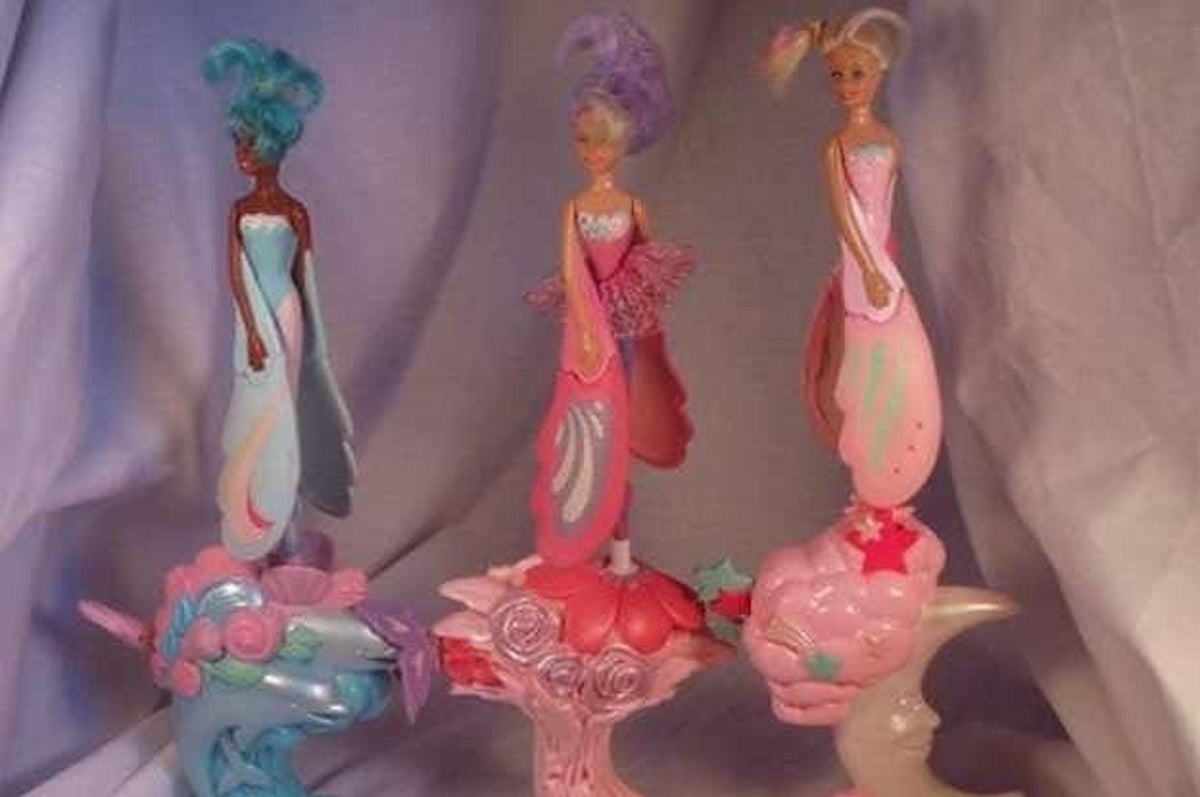
With Sky Dancers, you’d pull a cord to make them spin up into the air, and the idea was that they’d gracefully float back down to earth.
But in their heyday, Sky Dancers resulted in over 100 reports of eye, teeth and facial injuries. It turned out that the dolls were susceptible to firing off in random directions and into peoples’ faces. After it became clear that the dolls weren’t safe, production was halted and an incredible 9 million of the toys were recalled by manufacturer Galoob.
CSI Fingerprint Examination Kit
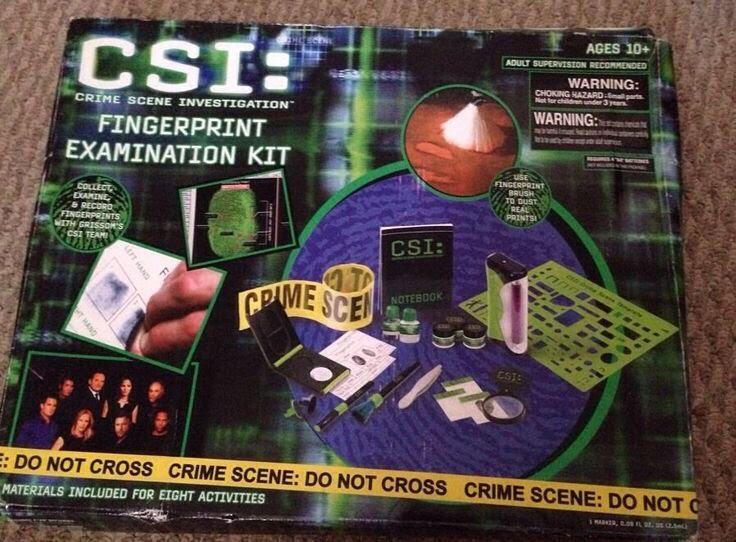
Shockingly, the 2007 CBS-licensed toy CSI Fingerprint Examination Kit contained ‘fingerprint dusting powder’ with 5% tremolite asbestos – one of the most lethal forms of asbestos.
Fortunately, no children or parents were harmed at the time thanks to a civil action filed by the Asbestos Disease Awareness Organization. The toy’s manufacturers were forced to stop production and sales of the kit immediately.
Easy-Bake Oven

In May 2006, Hasbro received a flurry of complaints about its new Easy-Bake Oven, as children were getting burned and catching their fingers in the door. To address the problem, Hasbro replaced the 2006 model with another model that included a protective plastic grate. Still, a further 249 reports were lodged – including 16 complaints of second- or third-degree burns.
One 5-year-old girl had to have part of her finger amputated because the damage caused by the oven burn was so severe. After Hasbro learned of this particular incident they issued a recall for a staggering 985,000 Easy-Bake Ovens.
Splash Off Water Rockets
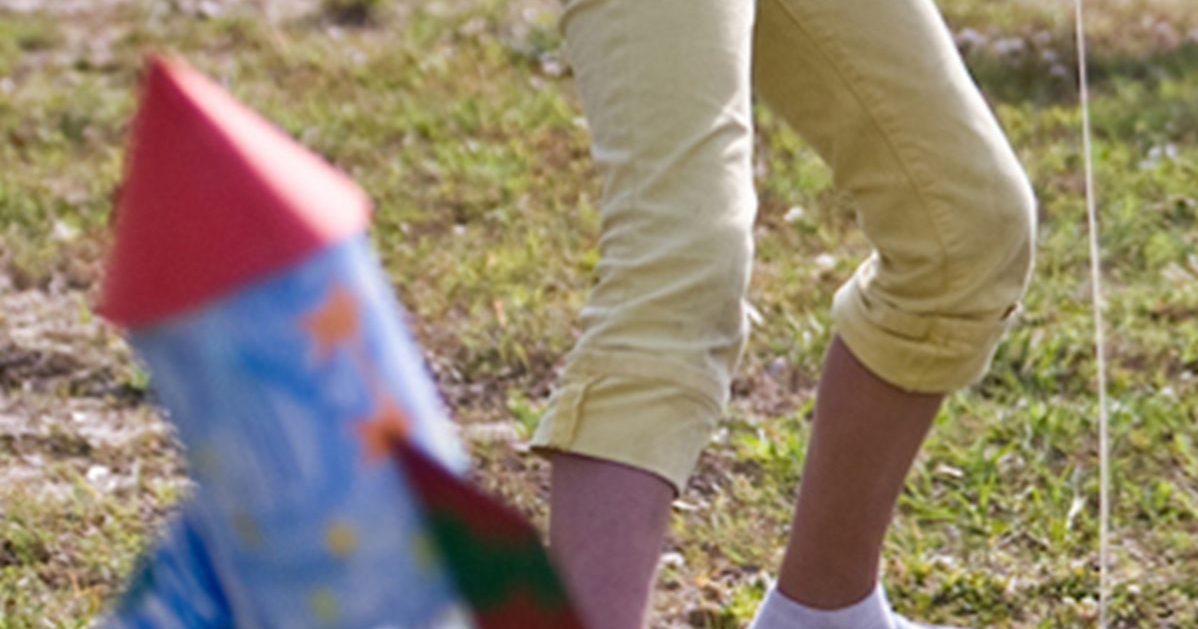
While Splash Off Water Rockets initially seemed harmless, they actually injured a number of children following their release back in the late 90s.
In some instances, the rockets broke apart while being filled up due to the water pressure. The toy’s manufacturer, Ohio Art Company, received 37 reports of the rockets breaking while being filled, causing plenty of injuries. The Ohio Art Company went on to recall over 67,800 Splash Off Water Rockets.
Clackers

Clackers were a popular toy in the late 1960s and early 1970s. The premise was simple: you just had to knock the two plastic balls together as quickly as possible.
While it was fairly common to accidentally bruise oneself if your hand got in the way of an oncoming acrylic ball, that wasn’t the real danger with Clackers. As kids moved the balls faster and faster they would occasionally shatter on impact, showering shards of plastic everywhere. You won’t be too surprised to hear that they caused a number of injuries before being finally banned in the US in 1985.
Aqua Dots
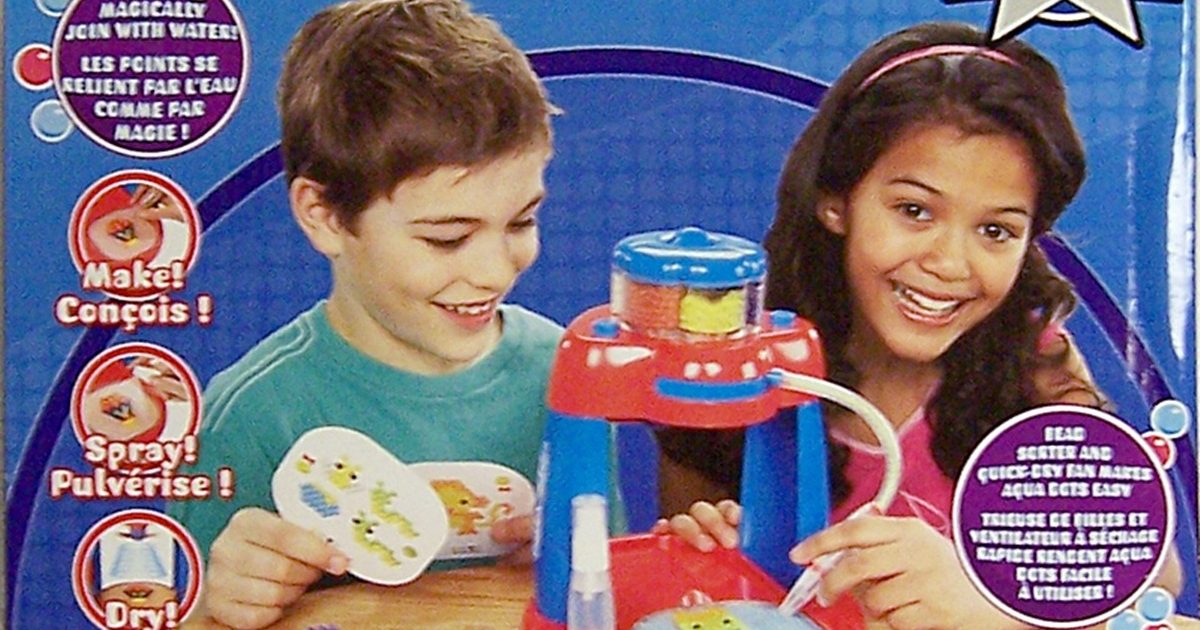
Aqua Dots – also known as Bindeez, Beados, Pixos, and Aquabeads – were a children’s toy from the early 2000s. These small, coloured beads could be stuck together to make images.
However, it came to light in 2007 that one of the cheap chemicals used to make Aqua Dots broke down into GHB when ingested. Some unlucky children suffered seizures, with two children in the US slipping into comas as a result of eating the beads. US officials recalled over 4 million of the toys, while manufacturer Spin Master was fined over $1 million.
Quik-Clik Polly Pocket
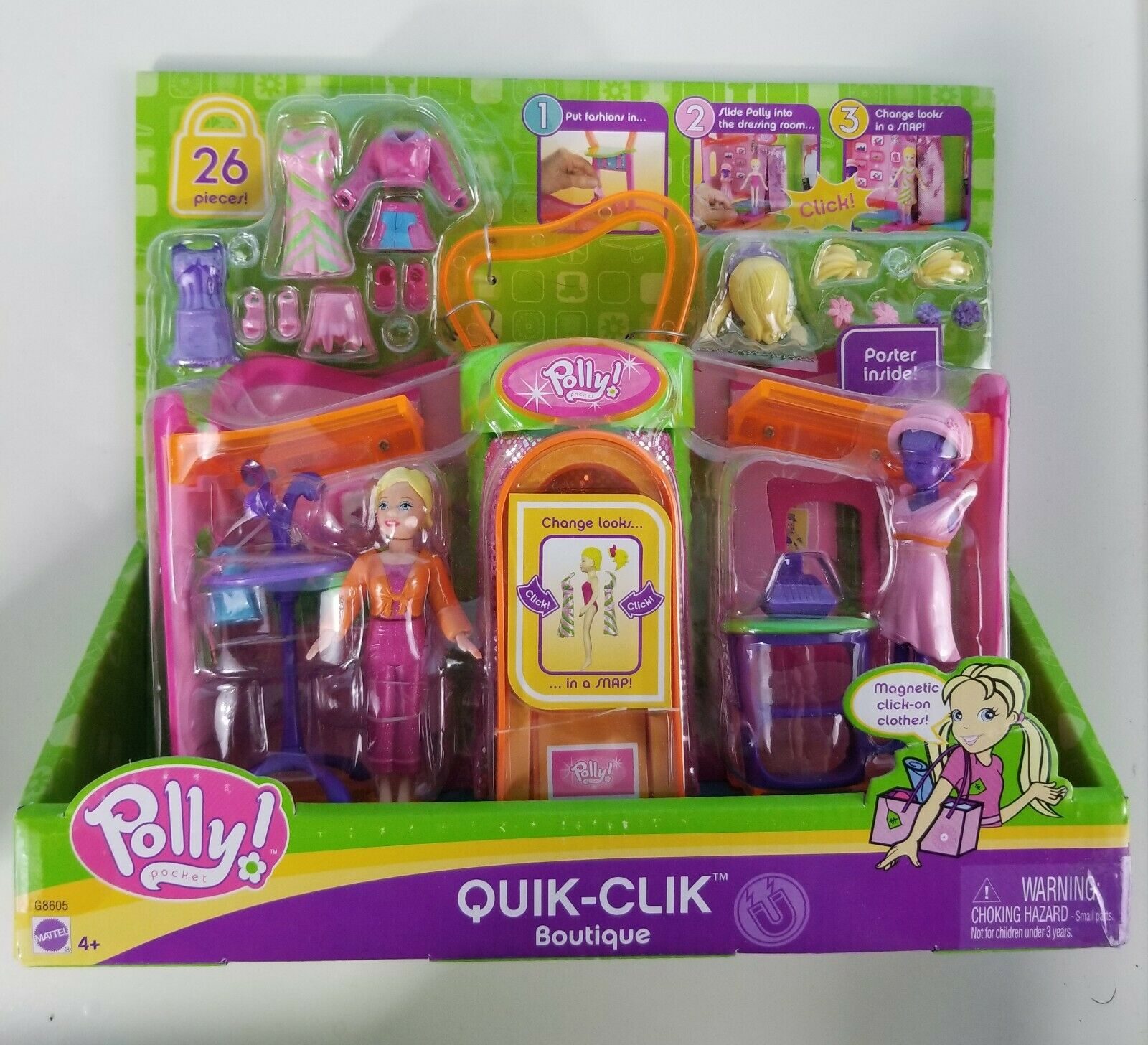
Toymakers Mattel had to recall over 4 million of their Quik-Clik Polly Pockets after it was found that the toy’s magnets were coming loose.
Some of the magnets were being swallowed by young children, with the magnets potentially causing serious internal damage as they attracted each other once ingested. Three children were hospitalised and required surgery after swallowing them. There were 170 reports of these small magnets coming loose from the dolls and accessories.
Barbie and Tanner

The Mattel Barbie and Tanner toy from 2006 was also cursed with faulty magnets that could come loose.
The dog’s pooper-scooper contained a magnet that was prone to falling out and being swallowed by children. Thankfully, no injuries were reported, although there were three separate reports of the magnets coming loose. Shortly after the reports were lodged, Mattel recalled all 683,000 units of the faulty toy in 2007.
Hannah Montana Pop Star Card Game

You wouldn’t think that a card game could possibly be dangerous – but after various toys were tested for lead levels in December 2007, it was discovered that the Hannah Montana Card Game was pumped full of lead. The American Academy of Pediatrics recommends that no children’s toys contain over 40 parts per million lead.
The game contained a staggering 3,000 parts per million. As a result of the tests, over 6 million toys had to be recalled. Other toys that exceeded the recommended levels of lead included a Go Diego Go! backpack and Circo brand shoes.
Yo-yo water ball

‘Yo-yo water balls’ – who knew that was their name? – were a firm favourite among 90s kids. But they were made from a highly flammable material, the liquid inside the ball was toxic, while the toy’s stretchy cord posed a serious strangulation risk.
By December 2007, the US Consumer Product Safety Commission had received reports of 409 injuries. While the CPSC refused to ban the toys outright, they were subsequently banned in Illinois, New Jersey, and New York. The toy was also redesigned to limit the cord to a shorter length and reduce the risk of strangulation.
Slap bracelets

A simple but effective toy, slap bracelets were all the rage in school playgrounds in the 90s. Slap bracelets were all made of a flat strip of metal coated in a colourful fabric – but some of the cheaper knockoffs used poor quality fabric that the metal strip could rip through.
One unlucky four-year-old girl cut her fingers on one of these knockoff bracelets, prompting several schools to ban them. Given the fact that these bracelets were being slapped around necks as well as wrists, banning them from playgrounds was probably a wise decision.
Aqua Leisure Inflatable Baby Boats

The Aqua Leisure Inflatable Baby Boat was essentially an inflatable boat that babies could sit in. According to the Consumer Product Safety Commission, the boat’s leg straps were prone to snapping. The seat itself could also rip and in some cases send the baby straight down into the water.
Thankfully, no children actually drowned, although several were affected by the faulty boats and put at risk of drowning. Aqua Leisure were forced to recall over four million boats. Ultimately, the company was fined $650,000 by the CPSC in 2012.
Battlestar Galactica Colonial Viper

The Battlestar Galactica Colonial Viper toy hit the shelves in the late 1970s following the Battlestar Galactica show premiere. Even though the original series was cancelled after just 24 episodes, the toy continued to fly off the shelves.
However, tragedy struck in December 1978 when a four-year-old boy aimed the toy into his mouth and launched a missile down his throat. Sadly, the young boy choked to death. The toy was subsequently pulled off shelves immediately. This tragedy is the reason why most toys now come with a choking hazard warning.
Magnetix
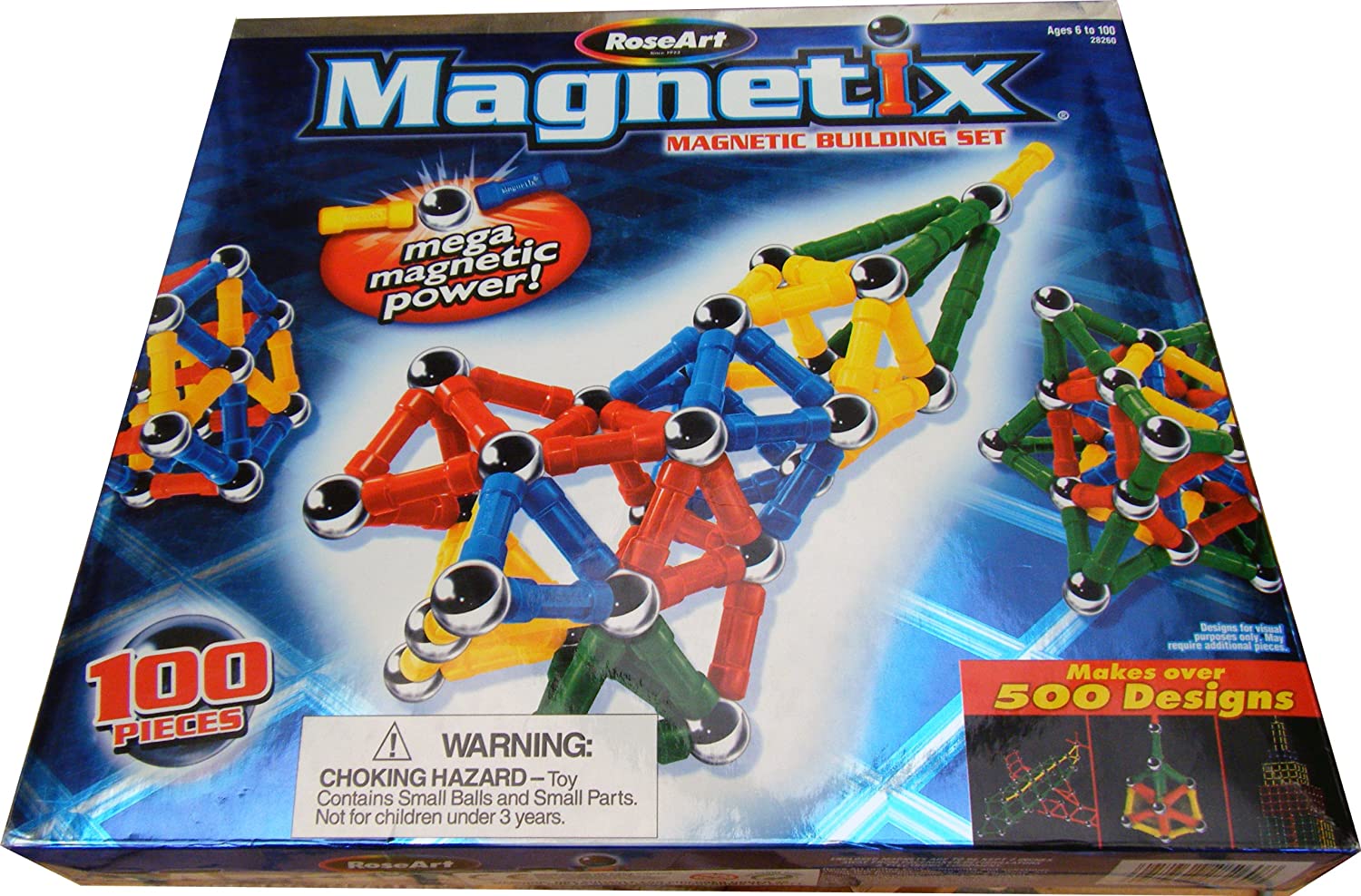
Magnetix – as the name suggests – completely centred around magnets, with kids using the magnet-filled plastic pieces to build structures with. The small magnets found in the toy’s plastic pieces could easily become detached and posed a serious choking hazard.
Tragically, Magnetix killed a 20-month-old baby after he swallowed a bunch of loose magnets that blocked his small intestine. Several other children suffered serious injuries after swallowing magnets from Magnetix sets and the toys were eventually recalled in 2006.
Gilbert Glass Blowing Set

Bizarrely, glass blowing was a necessary skill for chemistry students in the 1950s, as they were required to make their own test tubes. Glass has to be exceedingly hot before it reaches its ‘softening point’, which is around 1,000 degrees Fahrenheit.
It doesn’t take a genius to work out that encouraging children to play with unbelievably hot glass isn’t the best idea. It’s no surprise that the Gilbert Glass Blowing Set was eventually taken off shelves for being too dangerous.
Austin Magic Pistol

The Austin Magic Pistol certainly stood out from other toy guns on the market back in the 1940s, but for all the wrong reasons. The pistol used ‘magic crystals’ – made from dangerous compound calcium carbide – that would explode when mixed with water.
Using the force from the explosion, the gun would also powerfully launch plastic balls 70 feet or more. The Austin Magic Pistol was sold briefly in the late 1940s, but nowadays this ‘toy’ would probably be classified as a firearm. Originals can fetch high prices at auction and are hugely collectible items.
Creepy Crawlers’ Thingmaker

Mattel launched the Creepy Crawlers’ Thingmaker way back in 1964. This toy came with an oven, a mould and a chemical gel called Plastigoop that allowed children to make casts of their favourite insects.
The oven could heat up to 199 degrees Celsius, which unsurprisingly resulted in a lot of reports of burns. What’s more, the smoking Plastigoop produced toxic fumes that caused kids to fall ill. The toy was eventually taken off shelves. Mattel revised the product to make it safer before taking it to market again in the late 70s.
Fidget spinners

Fidget spinners were all the rage a few years ago, becoming immensely popular around the summer of 2017. However, some kids found that they were able to pop the metal bearings out of the toy. Naturally, this posed a choking hazard, as well as further issues if the bearings were actually ingested.
Between March 2017 and February 2018, ten children were treated for swallowing fidget spinner components. Many fidget spinners also contained dangerously high levels of lead, leading Target to pull the product from its shelves in November 2017.
Fisher-Price Power Wheels
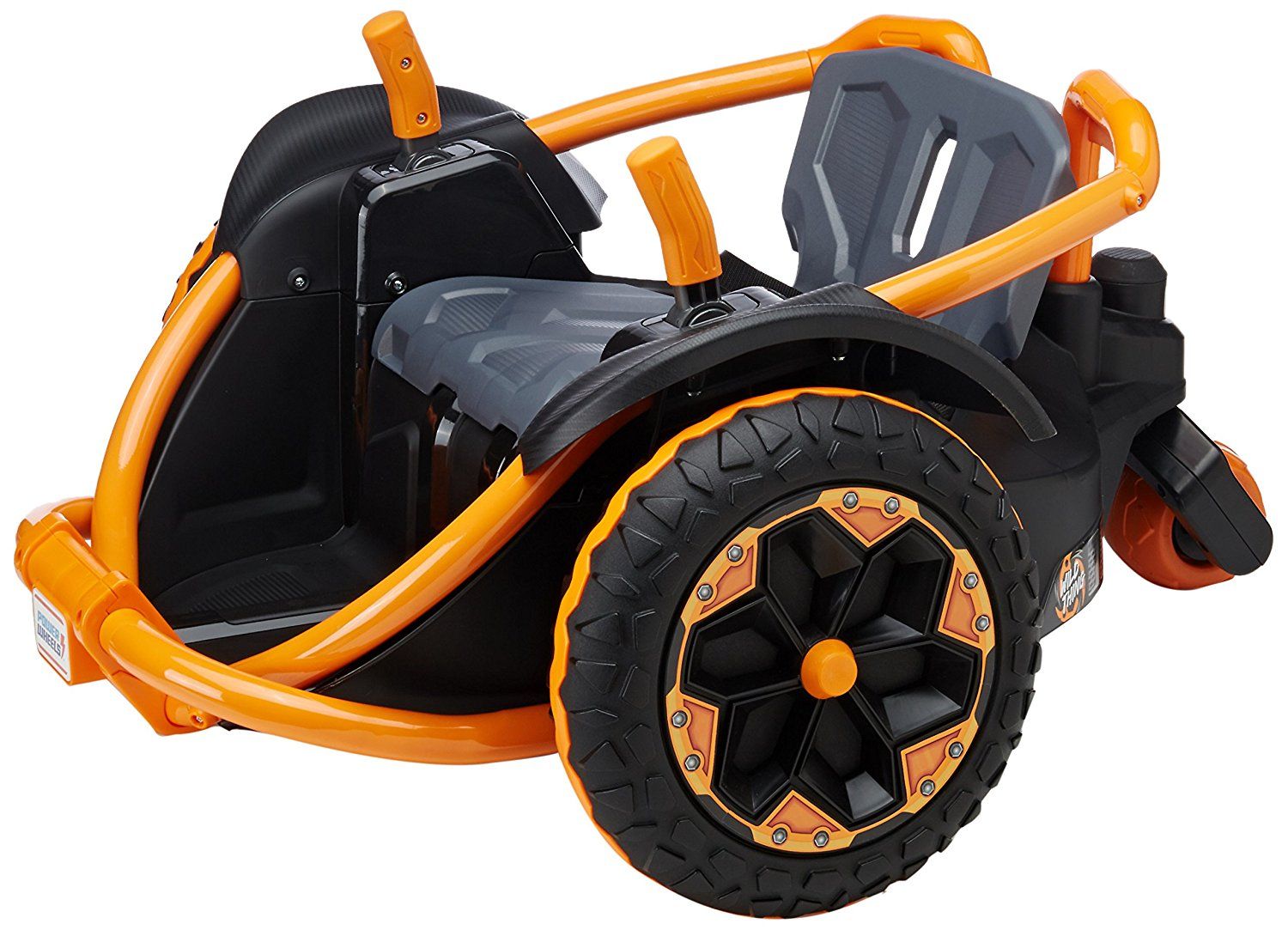
The Fisher-Price Power Wheels brand name dates back to 1984, but demand for battery-powered vehicles for kids really took off in the 90s.
Unfortunately, Power Wheels had their first major recall in 1991 when it was discovered that contacts in the foot pedal of a kid-sized Porsche 911 could weld together and make it impossible to stop the vehicle. Then in 1998, Fisher-Price were forced to recall a staggering 10 million units after the vehicles were denounced as a fire hazard.
Hoverboards
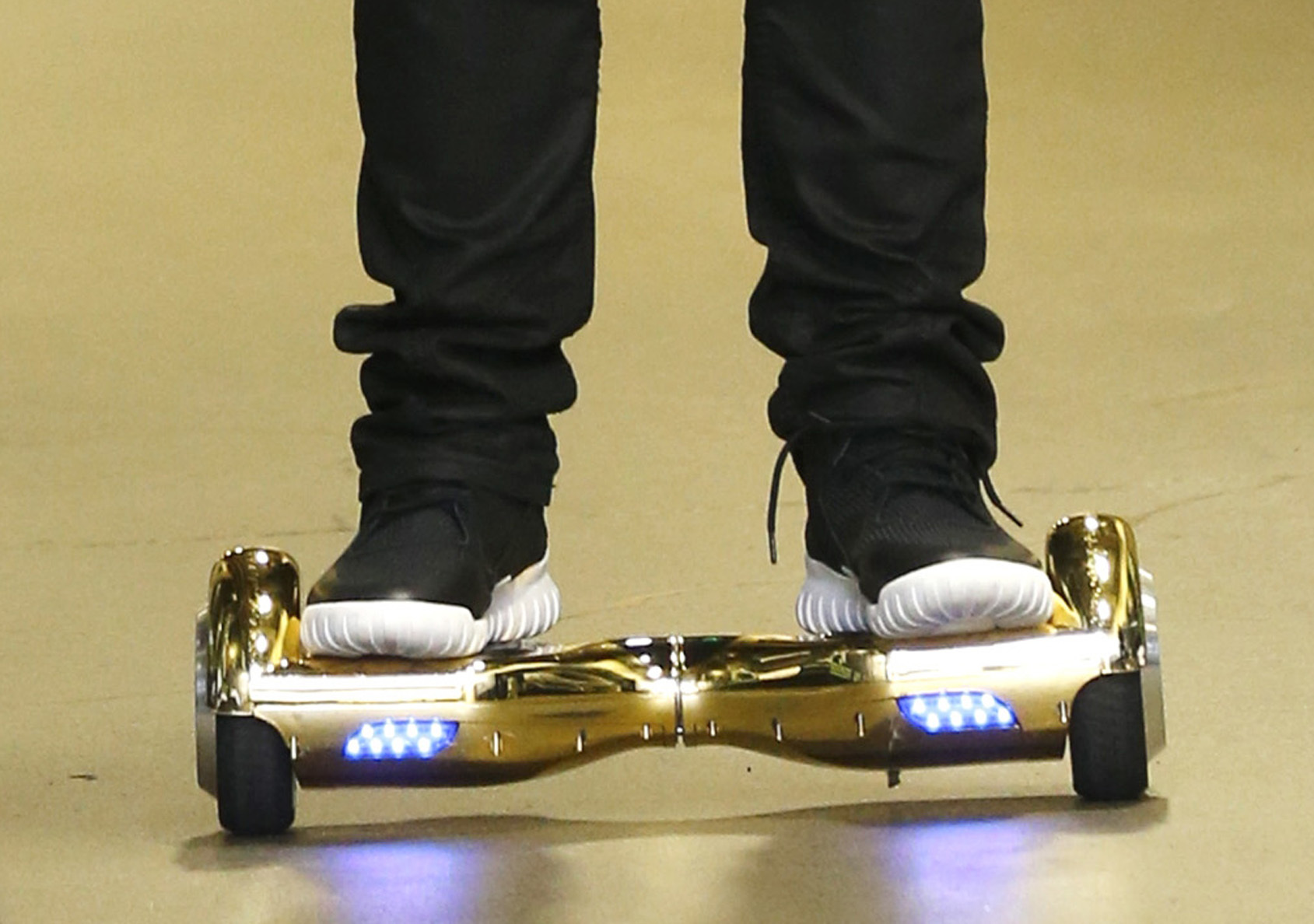
Hoverboards were all the rage a few years ago, but their time in the spotlight was extremely short-lived. It turned out that the lithium-ion battery packs in hoverboards were prone to overheating and posed a serious fire risk. Ten companies recalled more than 500,000 hoverboards after almost 100 reports of the boards catching fire.
Mini hammocks

The innocuous mini hammock turned out to be one of the most deadly kids’ toys of the 20th century. To accommodate smaller people, these kid-sized hammocks lacked the ‘spreader’ bar that normally holds adult-sized hammocks open. Without this bar, mini hammocks were prone to getting twisted and ensnaring young children climbing in or out. Tragically, at least a dozen children died of strangulation between the 80s and 90s after getting entangled in them. Ten manufacturers eventually recalled 3 million mini hammocks in 1996.
Burger King Pokémon toys
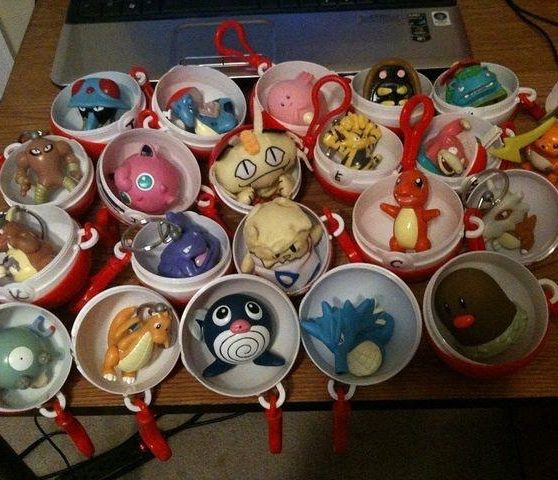
Burger King began giving out a seemingly harmless Pokémon ball toy with their kids’ meals towards the end of 1999. It wasn’t the toys themselves which posed a problem – instead, the issue lay with the balls that concealed the toys. Tragically, a 13-month-old girl and 4-month-old boy both suffocated to death when one half of the plastic balls became suctioned onto their faces and rendered them unable to breathe. In one of the biggest product recalls in history, Burger King recalled 25 million of the balls.
Buckyballs
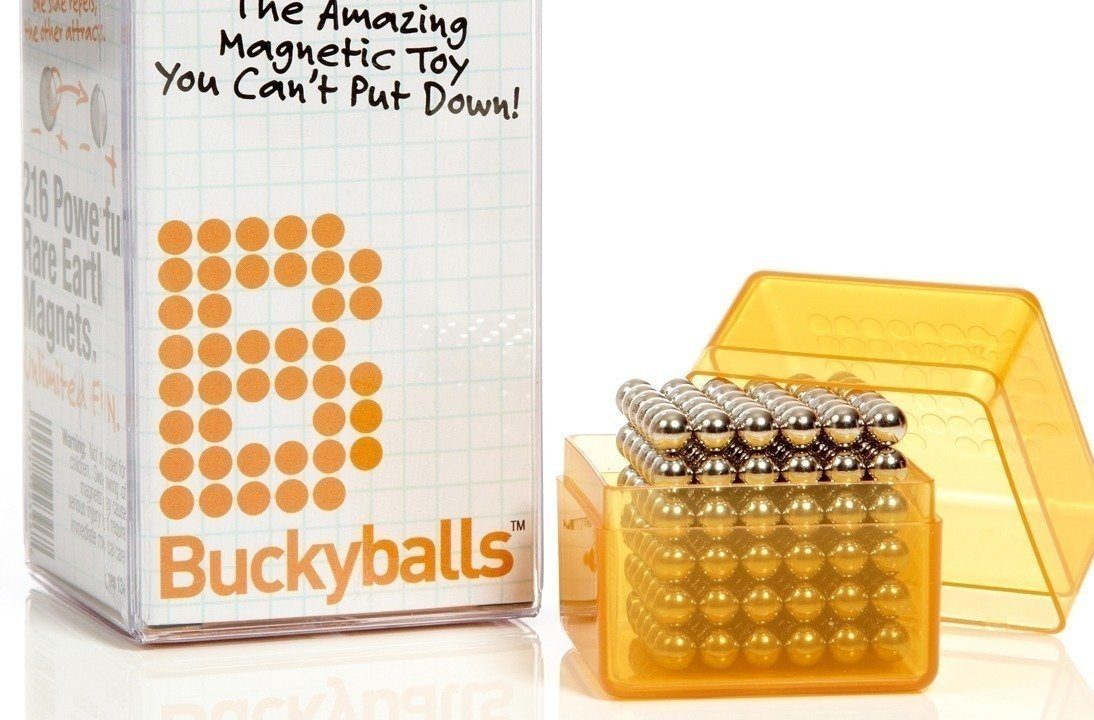
While Buckyballs were never marketed as a children’s toy, that didn’t stop kids from getting their hands on these extremely powerful magnets. The product launched in 2009 and, soon after, reports of children ingesting them began to flood in. The Consumer Product Safety Commission estimated that 1,700 children visited the ER after swallowing powerful magnets like Buckyballs. A recall was eventually forced in 2012 and the Buckyballs manufacturing company was made to shell out $375,000 in refunds.
Kite tubes

The premise behind the ‘kite tube’ was that you’d be lifted into the air by a 10-foot-wide tube that dragged behind a speedboat. However, once the user was in the air, there was unfortunately no real way to control the tube. Tragically two people lost their lives after sustaining fatal injuries as a result of using these dangerous gizmos. There were, in addition, many reports of injuries resulting from use of the gadget. The manufacturing company, Sportsstuff, voluntarily recalled the tubes in 2006.
Sky Rangers Park Flyer Radio-Controlled Airplane

The Sky Rangers Park Flyer toy’s premise was simple: turn the plane on, give it a gentle throw, then steer it through the air using the radio controller. However, the batteries the toy required were prone to exploding while the plane was in use. The Consumer Product Safety Commission documented 45 reports of exploding planes that resulted in injuries – including damage to the eyes, ears, hands, face and chest due to shrapnel. There were also reports of temporary hearing loss. Eventually, in 2007, the company behind the Sky Rangers plane recalled over 21,000 units.
Flubber

Slime-based toys are a firm favourite amongst kids – but Hasbro’s 1960s creation Flubber was flooded with a deluge of complaints. Around 1,600 of reports came in detailing cases of rashes or sore throats in kids who played with Flubber. It turned out that Flubber could cause folliculitis – a painful inflammation of the hair follicles. After a mass recall, Hasbro were unable to burn all the useless Flubber due to the toxic fumes it would exude – and so, allegedly, the company buried the lot under a parking lot outside one of their warehouses in Rhode Island.
Moon Shoes

Originally made from metal, this 70s footwear formed miniature trampolines for your child’s feet. You strapped them over your shoes to put a spring in your step. Moon Shoes fell out of favour after causing a number of ankle fractures and leg injuries, as they could propel kids head-first into obstacles. Marketed by Nickelodeon, Moon Shoes returned in the late 80s with heavy revisions, including a softer plastic design.
Slip ‘N Slide

This 30-foot-long plastic water slide first hit markets in the 70s, and it was a huge commercial success. When used by children, as instructed, the Wham-O Slip ‘N Slide was actually harmless. It was only when adults wanted a go that the product started causing serious injuries. Temporarily taken off the market in the 70s, this item just wasn’t designed for adult bodies, which could violently judder to a halt if they were too heavy to be jettisoned by the water. From 1973 to 1991, around seven adults and one teenager were paralysed or suffered neck injuries from using the Slip ‘N Slide.
Plug Aqua Ballistics Water Balloon Launcher

Designed for three people to use together, the Plug Aqua Ballistics Water Balloon Launcher could send a water balloon flying over 100 metres. A little too powerful for a conventional toy weapon, these balloons posed an obvious threat to unlucky passers-by and property. Popular in Australia, the balloon launchers were recalled in 2018 with the offer of a store refund – although they had already been on the market for over five years.
Fisher-Price Trikes

These sweet-looking Fisher-Price tricycles were recalled in their millions after they were found to have a painful hidden feature. Just behind the handlebars, these toys had a plastic ‘ignition key’ that jutted out from the tricycle’s frame. If a child on the trike fell forward, they could end up with a groin injury – as was the case for ten children in reported cases. As well as recalling the product, Fisher-Price also offered existing customers a replacement key, with a less angular design.
Swing Wing
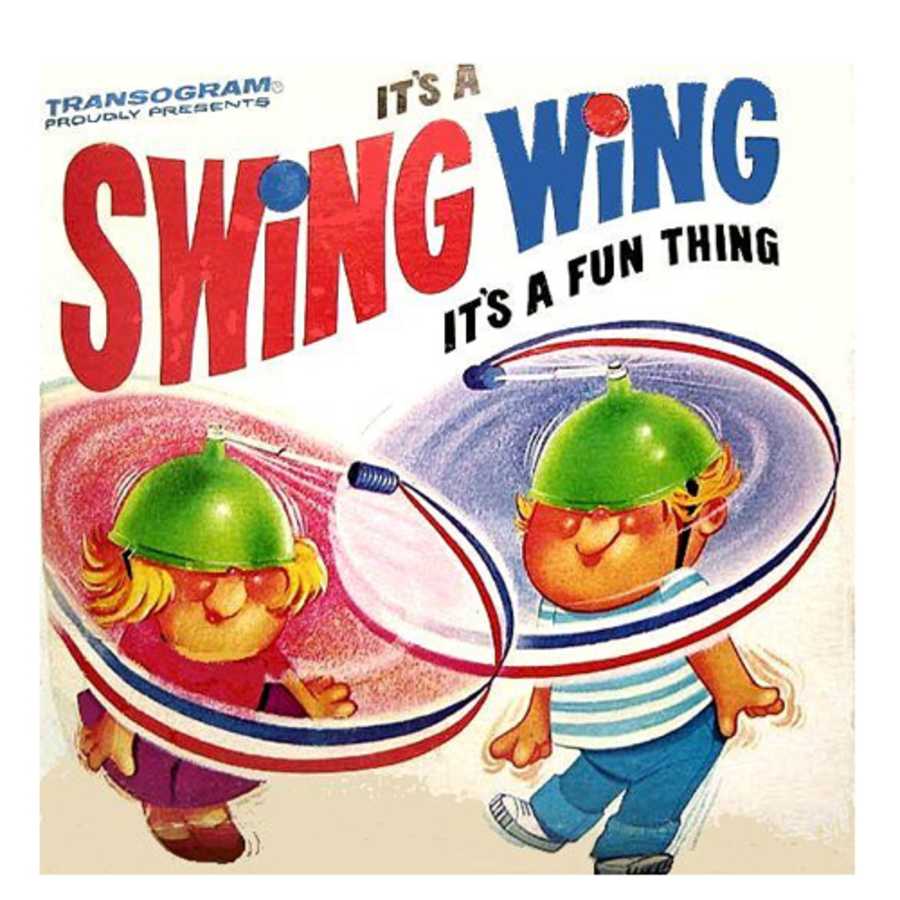
Not unlike a hula hoop for your head, Swing Wings consist of a hard hat with a rope and streamers attached to it. You swing your head around to keep the streamers flying in a dizzying circle. These classic 60s toys presented a pretty clear risk of neck injuries and concussions. This bizarre craze of the past has more recently appeared in skits for The Ellen DeGeneres Show and Fox New’s Red Eye with Greg Gutfelt.
Wham-O Air Blaster Gun

With the ability to hit targets from up to 40 feet away, the Wham-O Air Blaster shot air rather than any physical ammunition – but it could nevertheless cause some serious harm. Commercials said you could use it knock things over “safely and accurately”: “It’s invisible, the magic power to surprise, to tease! Yes, the air blaster is fun for all the family.” The product was pulled in the late 70s, following rumours that children were damaging each other’s hearing by sending compressed air straight into their ears.
Super Elastic Bubble Plastic
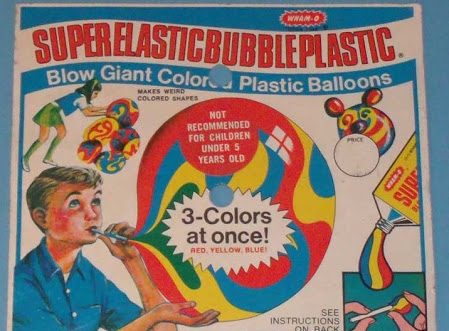
Throughout the 70s and 80s, kid could get their hands on these semi-solid bubble kits. A tiny amount of liquid plastic was added to a tube, and then blown into a ball. However, the plastic contained a particularly nasty blend of toxic chemicals. The liquid plastic gave off noxious fumes, which could then build up in the straw, creating a potentially dangerous mouthful of gas. Super Elastic Bubble Plastic was eventually discontinued because of this risk – although similar products are still around, like Amazing Elastic Plastic and B’loonies.
Little Lady Stove

Long before the Easy Bake Oven, the Little Lady Stove was a favourite among aspiring young chefs. This fully-functioning electric stove was described as “just right for tiny girls” by its manufacturers, despite the risk of serious burns. Still, it wasn’t injuries that took this particular oven out of toyshops – it was actually the Second World War, which created tin and steel shortages, that took Little Lady Stoves off the market.
Atomic Energy Laboratory

In perhaps the most shocking example of a dangerous toy that we’ve ever come across, the Atomic Energy Lab was found to contain actual radioactive materials.
The Gilbert U-238 Atomic Energy Laboratory was a lab set released by the AC Gilbert Company in 1950. However, the kit had to be pulled in 1951 as it actually contained samples of the radioactive element uranium. Thankfully, the kit didn’t reach many children anyway – it was commercially unsuccessful and fewer than 5,000 kits were sold.
The Water Wiggle

Another Wham-O classic, the Water Wiggle was a seven-foot hose with a jet nozzle for frolicking in the back yard on summer days. However, this water toy also came with an aluminium nozzle that was a serious hazard. Tragically, in 1978 one four-year-old drowned when he got the nozzle lodged in his mouth – similar to the death of a three-year-old playing with the same product in 1975. After selling around 2.5 million Water Wiggles in the USA, Wham-O decided to voluntarily recall all of the products following these deaths.
Plush Uterus

The American company I Heart Guts created an unorthodox line of plush toys shaped as major organs, marketed more towards adult biology enthusiasts than to kids. However, their uterus plush proved to be a danger to young children, as the ovaries could be pulled off and swallowed, presenting a choking risk. After recalling the toys in 2007, iheartguts.com published a statement: “A new kid-safe uterus will be available in 2009 for those of you with kids who must have a plushie uterus. In the meantime, please refrain from swallowing any ovaries.”
Thomas and Friends Wooden Railway Toys

The fictional island of Sodor is home to copper mining – but a different kind of metal made these Thomas the Tank Engine toys dangerous. It was discovered that these wooden toy trains could be toxic to young children because their surfaces were painted with lead. Made in China, a total 1.5 million of these Thomas and Friends toys were hastily recalled in 2007.
Build-A-Bear Swimwear Set

Build-A-Bear’s make-your-own toy stores won massive popularity in the 2000s. In 2011, though, a new bear accessory was deemed a strangulation hazard. The Build-A-Bear Swimwear Set included an inflatable-style rubber ring with tubing that could get caught around a child’s neck – and did, in the case of one nearly-strangled three-year-old toddler. After just three months on the market, the swimwear sets were recalled. In 2015, Build-A-Bear issued another recall, this time for its Starbright Dragon, which could leak stuffing that presented a choking hazard.
Pottery Barn Kids Dolls
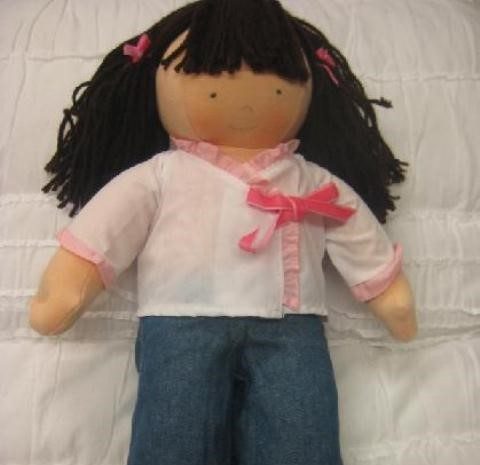
The potentially lethal design flaw of these cuddly dolls was actually hidden in their hair. Some strands of hair on the toys were ‘looped’, meaning both ends were attached to the scalp. In five cases, children caught a loop of this hair around their necks and struggled to take it off – though fortunately no one was injured. Over 80,000 of these dolls were recalled. Manufacturers suggested that adults cut the hair and headbands off the dolls to remove the risk.
Radio Flyer Scoot ‘n Zoom
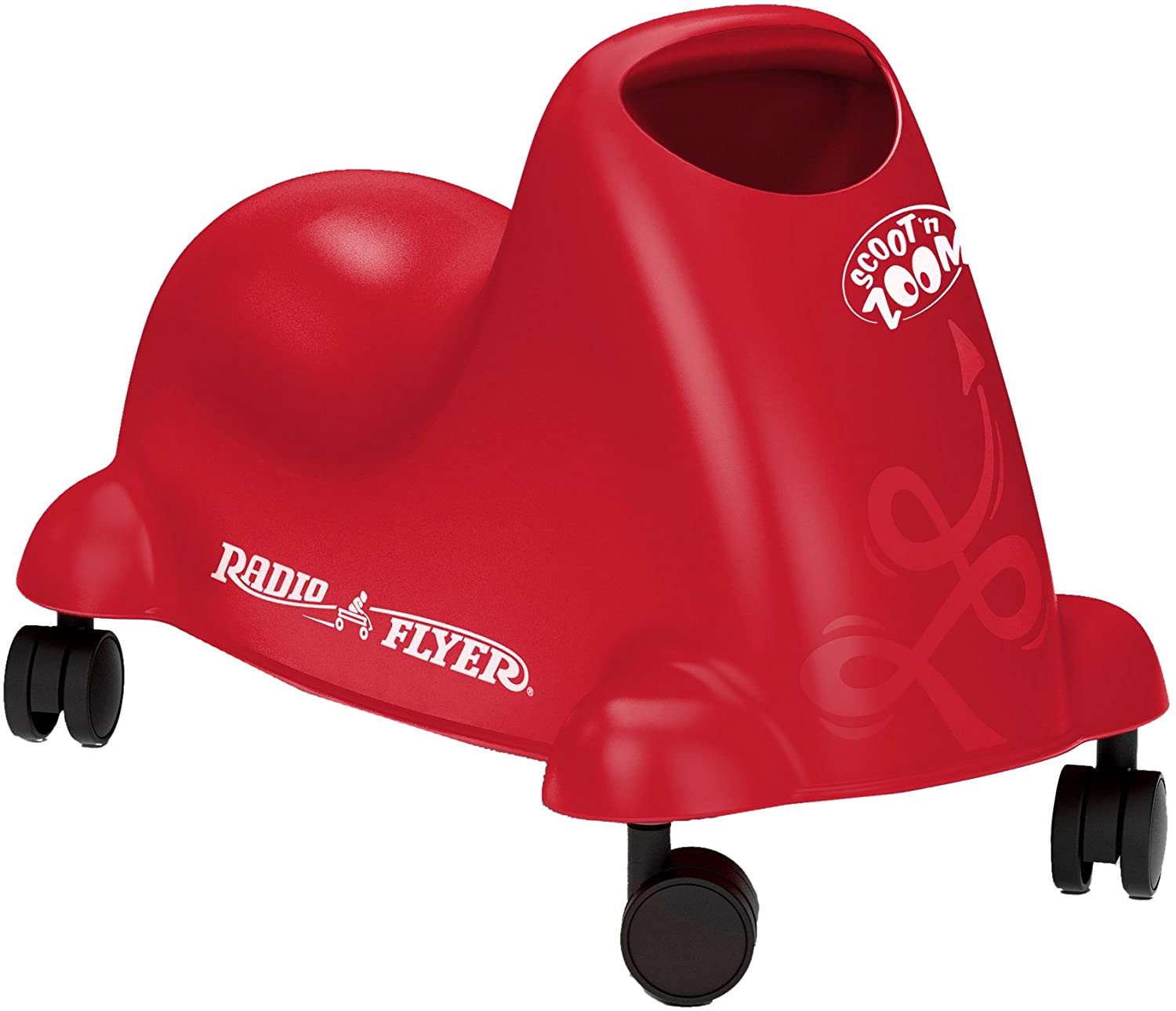
Sold at Walmart, target.com and amazon.com, these plastic Radio Flyers were far from road-worthy. They just didn’t stay balanced, and if they tipped over in motion, they could cause unpleasant injuries. Three children lost or loosened teeth in Radio Flyer collisions, while three others needed stitches after crashing the tiny cars. Around 165,000 of the toys, specifically ones with the model number 711, were recalled when it became apparent the faulty design was a recipe for disaster.
Creatology Pottery Wheel Kits

For creative kids, it could be immensely fun to set up a pottery studio at home – but the Creatology Pottery Wheel Kits for kids brought more risks than joy. It wasn’t the spinning wheel or ingredients that posed a risk in this case, but instead the battery compartment. As the batteries overheated, they could burn the user, or even start a fire. Over 260,000 of the wheels were taken out of action in response.
Tiny Message Bears
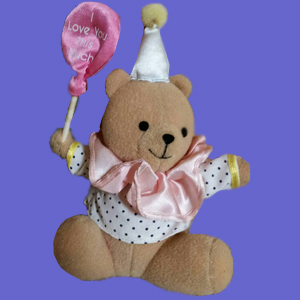
Russ Berrie and Company created these cute stuffed bears in the 80s. Their unique selling point? They came bearing a heart-warming message on a tiny wooden stick. The stick was a bad combination with young children, as kids could easily poke an eye with it. What’s more, the bears carried miniature balloons that were a choking hazard. Though not strictly banned, one attorney chose Tiny Message Bears as one of the ten worst toys of 1985.
Belt Buckle Derringer Toy Gun

Made by Mattel, this wearable faux-weapon from 1959 looked (relatively) ordinary when clipped in place. However, when the wearer stuck out their stomach, the gun would swing open and fire off a cap. Customers soon discovered that the gun had a tendency to go off without warning. The caps could also ignite while still in the gun, causing serious burns.
Super Jumper Trampolines

Trampolines have long had parents wringing their hands, with the risk of serious injuries from a bad landing – including concussion and broken bones. But in 2019, 23,000 Super Jumper Trampolines were recalled because of a flaw with the toys themselves. 97 people had complained that the trampolines’ metal railing welds were snapping under pressure, with four people wounded as a result.
The humble bouncy ball
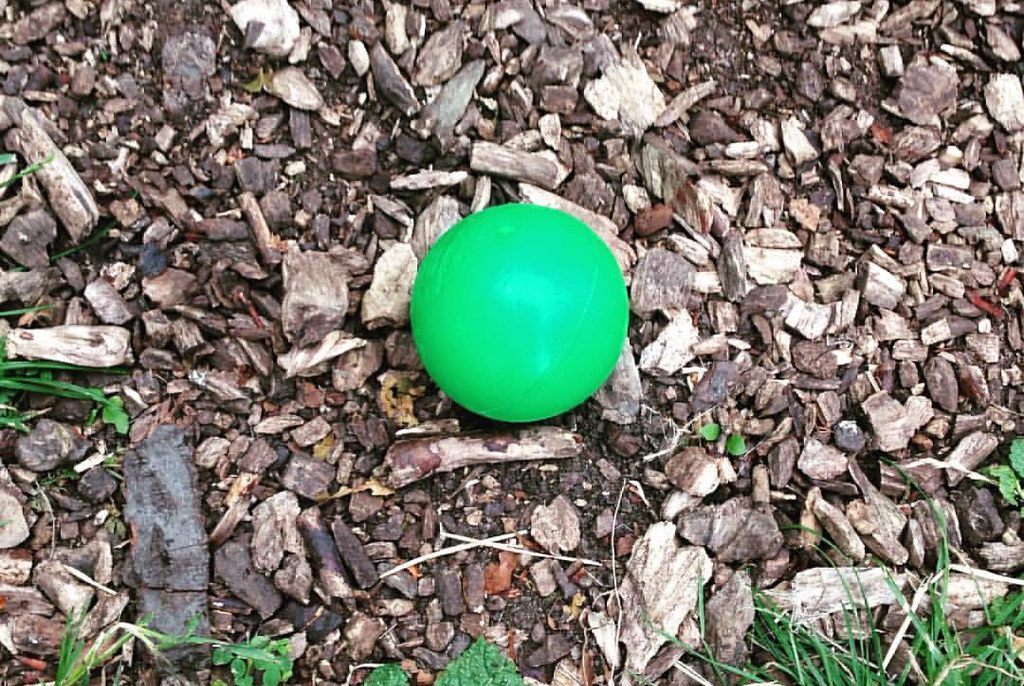
The bouncy ball is in fact one of the most dangerous playground items, in one year causing twice as many emergency room visits as trampolines did. The main risk is that young children will choke on them. Still, it may come as a surprise that these innocuous toys have been banned from countless school playgrounds over the past few decades because of its hazards
Marvel Toy Biz 1999 Punisher Shapeshifter
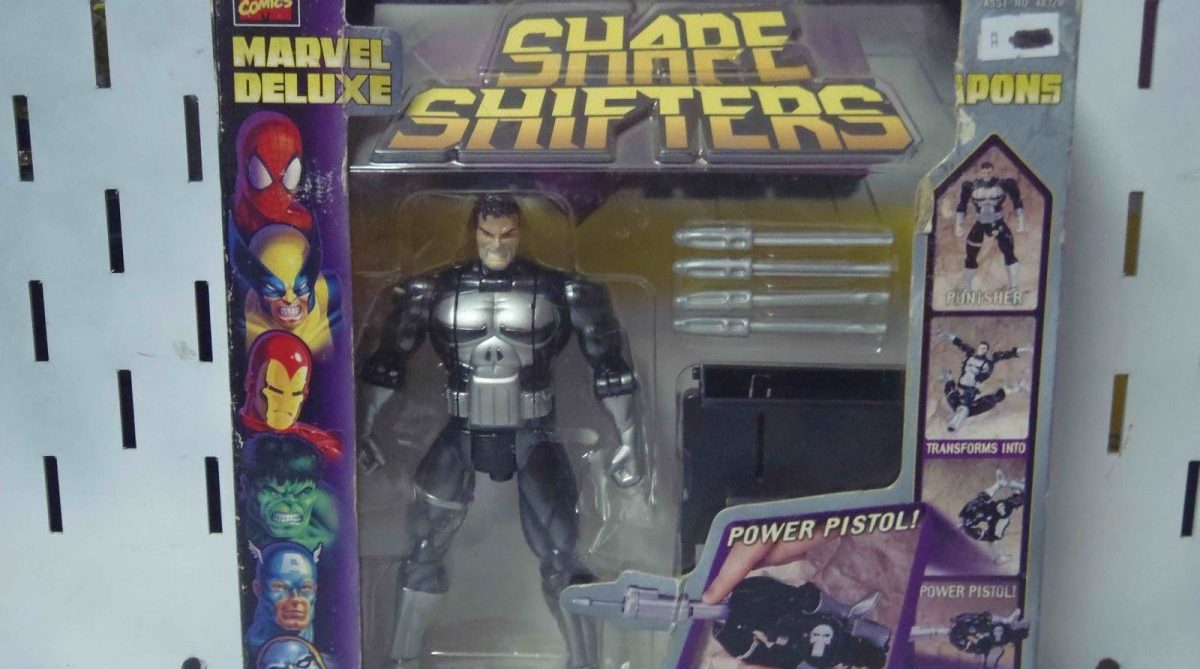
In 1999, Marvel Toys released the Punisher Shapeshifter. The action figure was capable of transforming from an action figure to a power pistol. However, parents were quick to realize that in the gun mode, the Punisher’s canon seemed like it came from his butt. Of course, it didn’t take long until kids figured out that if you positioned the pistol just right, you’d have a crotch rocket. Parents deemed the toy inappropriate for kids and retailers pulled it off their shelves, meaning collectors will now pay top dollar for the figure.
Monster Science Colossal Water Balls

These water balls were popular with kids because they were so much fun to play with. They expanded up to 400 times their original size when they got wet, and they came in all different colors and shapes. But some kids did something really dumb: they swallowed them, and ended up with balls expanding inside their stomachs. To make matters worse, the balls did not show up on X-ray, and could only be removed from a child’s belly via surgery. Due to this, the product was recalled in July 2013.
Kinder Surprise Eggs
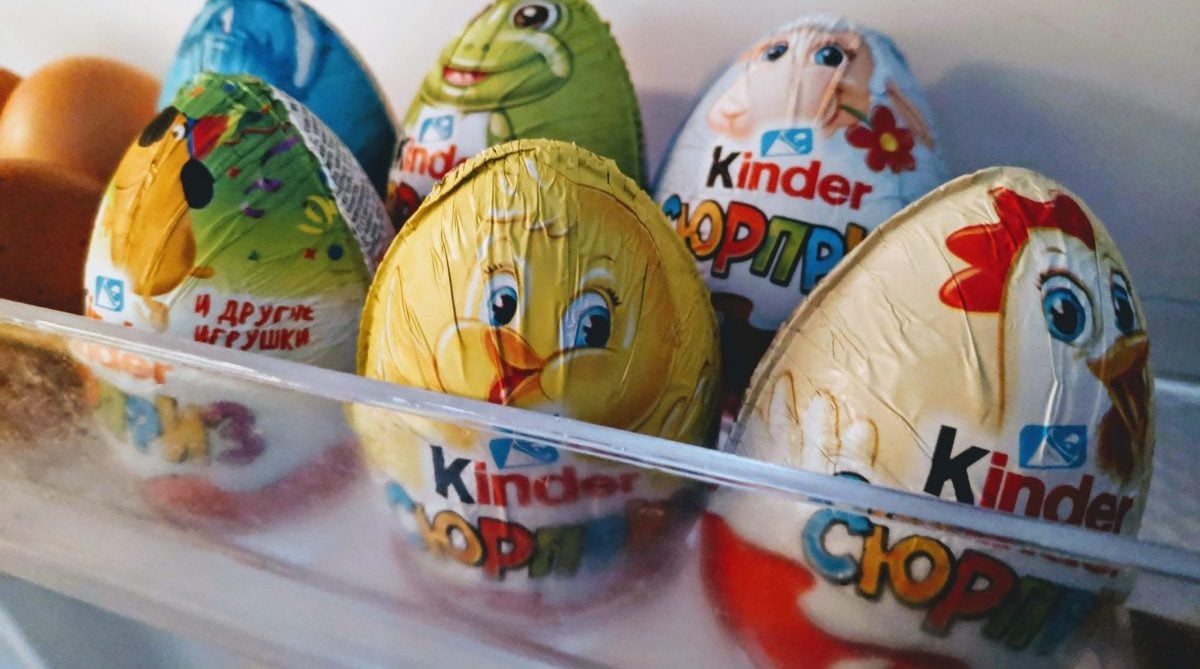
Technically, these aren’t just toys – they are also chocolate. The reason they were banned is because a 1938 law prevents non-nutritive items in food. Since toys are non-nutritive and at the center of Kinder Surprise, the chocolate eggs have never been sold in the United States… legally. Meanwhile, in Europe, they have never been subject to restrictions. However, in 2000, three families campaigned to ban the eggs after their children died from choking on the toys inside. Although considered by the House of Commons and the Department of Trade and Industry, both decided against a ban.
Lemon Twist
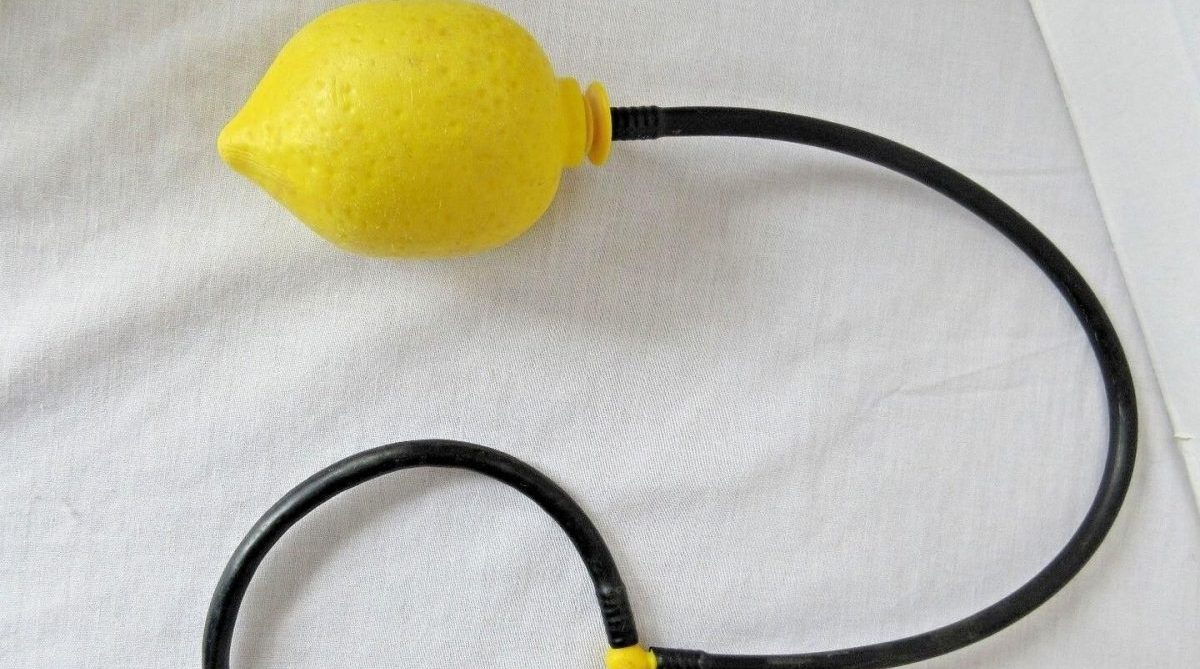
The 1975 Lemon Twist (variously known as Footsie, Jingle Jump and Skip-a-Roo) has been popular with kids since the 1930s. The basic concept of the toy is to tie a rope to your ankles and dance while jumping with one foot while the other serves as an anchor. Although this sounds like fun, many accidents and scraped knees resulted from this dangerous toy.
Harley-Davidson Motorcycle

Legendary motorcycle maker Harley-Davidson moved into toys in 2000, teaming up with Fisher Price to produce fun-size versions of their iconic vehicle for kids. These toy motorcycles had to be removed from shelves due to an increase in government standards regarding lead levels. The ban was simply due to lead levels, and the company complied with these new regulations and started making new bikes with lower levels of lead.
Metal Playgrounds

What do you remember about playgrounds when you were younger? If you grew up in the 1980s or early 1990s, chances are you remember metal slides, monkey bars and other equipment that was made of metal. These days, you don’t see much metal in playground equipment. This is because in 2006, the government banned the use of certain types of metal in playground equipment because it could be sharp, and if it rusted, the rust could cause injuries.
Pogo-Ball

The Pogo-Ball was a popular toy in the 1980s. It was essentially a Pogo-stick without a handle, so children would put their feet on the sides and try to balance on a ball while they jumped up and down. Unfortunately, there were many injuries associated with this toy because it lacked any support for the child’s weight.
Swing Bikes

In the late 1960s, teenagers who couldn’t drive yet began buying hot rod-styled bikes with ape hanger handlebars, Dayton rims and wheelie bars. These bikes weren’t meant as transportation – they were for doing stunts. The most popular bike was the Swing Bike, which had a steering axis in front of the seat so you could ride with one wheel on the curb and another on the road. However, it was hard to steer and made you more likely to fall on your face!
Dip-a-Flower
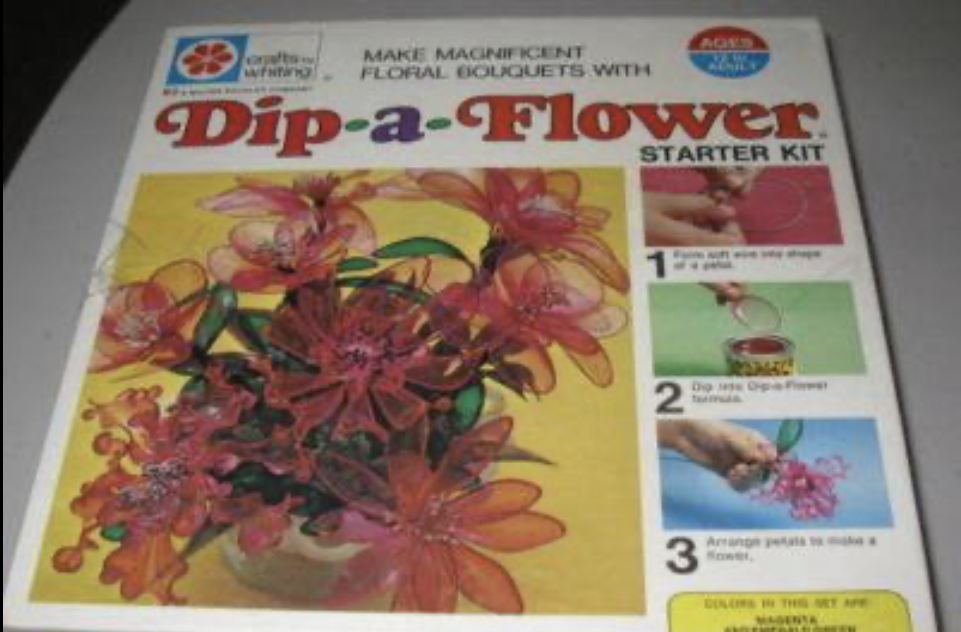
If you were a kid in the 70s and received a Dip-a-Flower starter kit as a gift, you might want to pack it away. These kits are still around today, but they come with warning labels to wear protective eye gear and thick gloves – and use a respirator. That’s because the resin-mixing process that kids employed was eventually found to be quite toxic.
Roller Racers
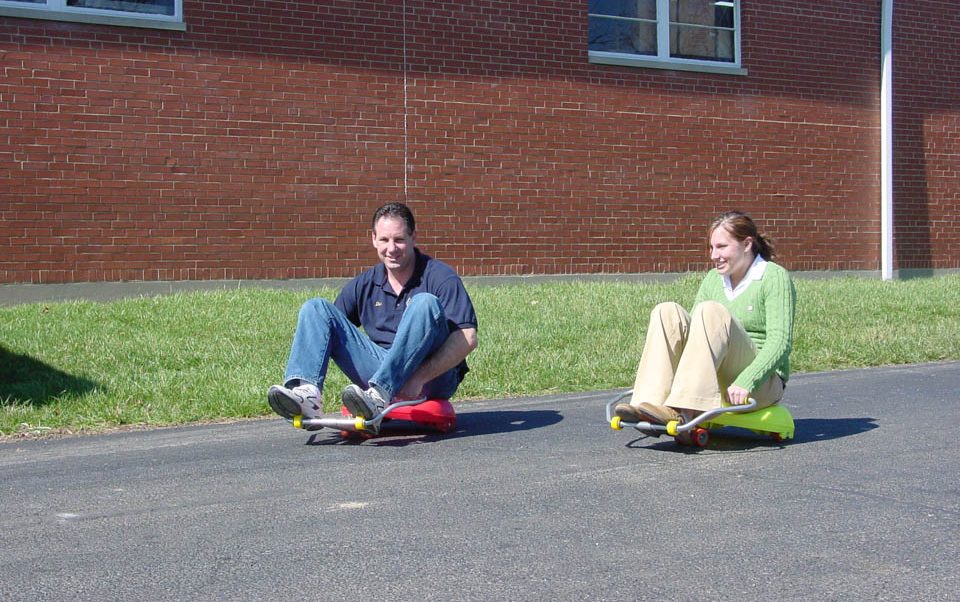
In 1987, Wham-O introduced Roller Racers, which looked like skateboards with bicycle seats attached. Unfortunately, the handlebars were right above the wheels, making it easy for kids to run over their own fingers while riding them. And since Roller Racers were low to the ground, they were harder for cars to spot on streets.
Super Blast Balls
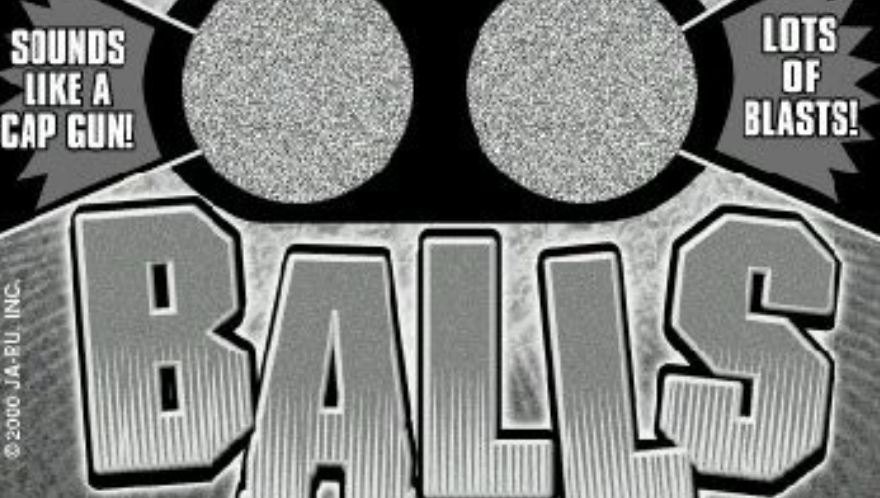
The aptly-named Super Blast Balls were two balls you could smash together in your hands and create a loud noise with an added serving of sparks. That loud noise and sparks, though? They were pretty much caps (tiny explosives inside toy guns) setting off in your hand. Having them, literally, in the hands of children was never going to last long.
Bird of Paradise Sling Shot
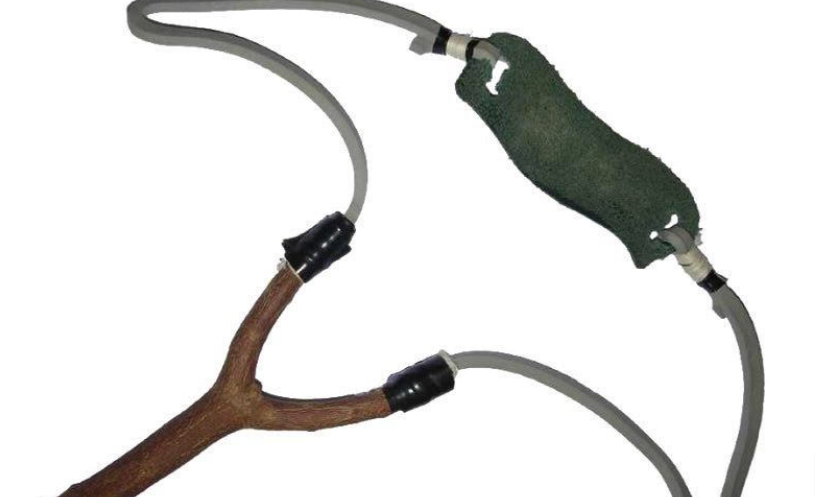
The Bird of Paradise slingshot has the special honour of not just being one of the first toys to be recommended for banishment by the Consumer Product Safety Commission, but the first that was banned due to injury and not dangerous substances. Why? Because it was a slingshot with razor-sharp ‘missiles’ included, and that’s never a good thing for kids.
Gilbert’s Kaster Kit
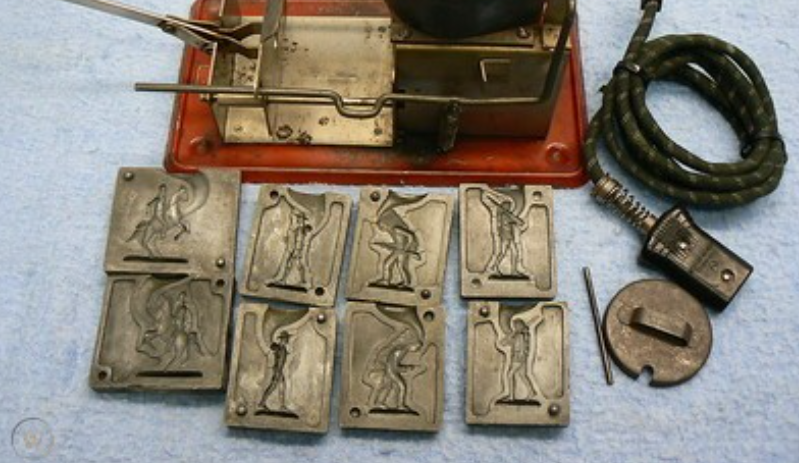
Gilbert’s really had some howlers over the years, what, with their Blowing kit and Chemical Weapon kit. In the 1930s, they had another with the Kaster Kit. It looked innocuous enough, just a series of toy soldiers that can be made by kids! One problem: the soldiers were made out of molten lead.
Splash Off Water Rocket
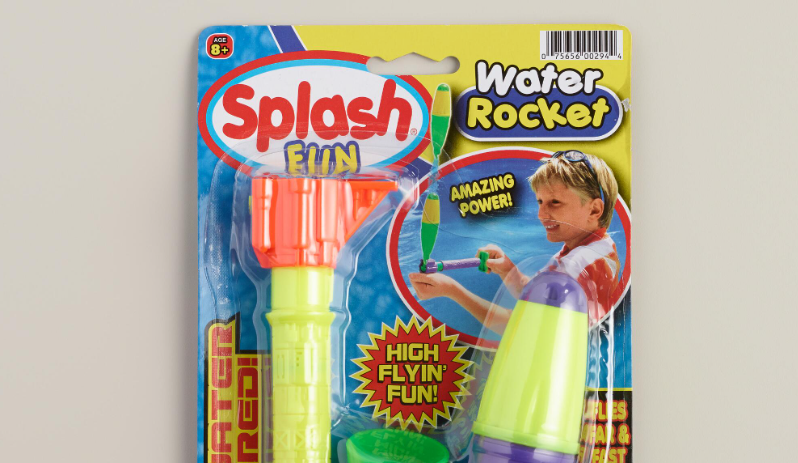
The Splash Off Water Rocket’s launch power would ultimately doom it forever. After shooting off the base and exploding in the air, it could send rocket shrapnel flying into the faces of unsuspecting kids and adults. Less than 40 incidents were reported out of the 68,000 units that were recalled, but that was more than enough for this water rocket.
Toys R Us Writing Set
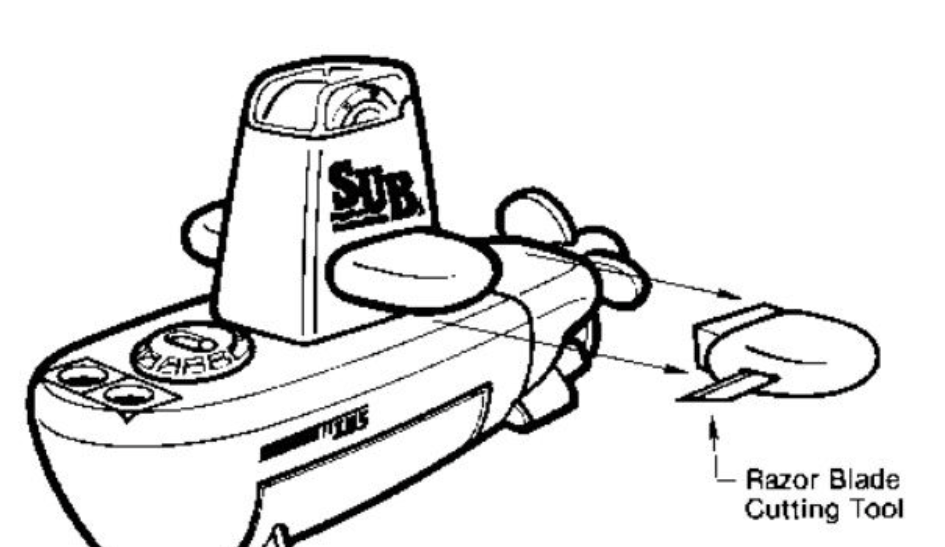
Toys R Us maintained a pretty solid reputation over its reign in the toy biz, but there was a slight blip in 1988 when it had to recall a writing set made for children. Shaped like a cheerful yellow submarine, this writing set contained drawers for all your writing and crafting equipment, as well as a small razor blade! It’s honestly a wonder why this was ever recalled. What stationery set doesn’t include a razor blade?
Power Mite Working Power Tools
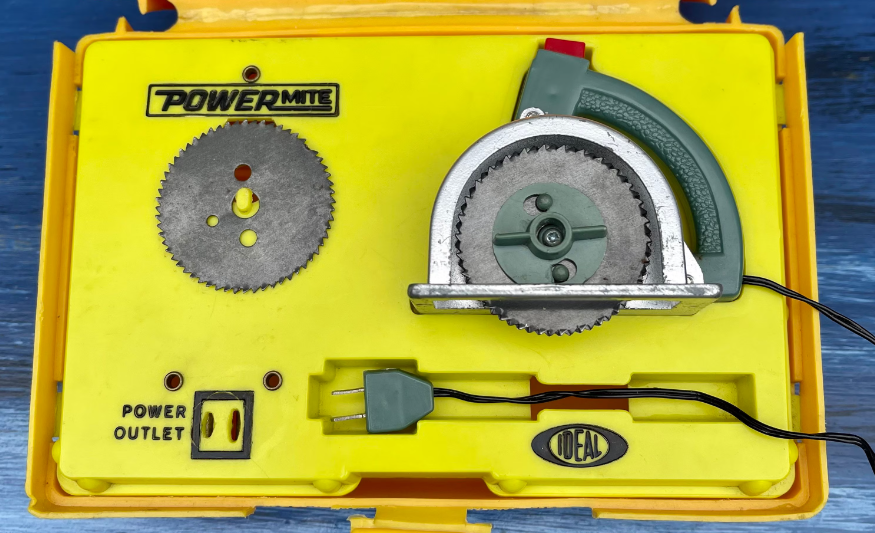
Kids like pretending to be their parents, especially when they’re at work. If your mum works in a bank, your kid’s gonna want a toy bank to play with. If your dad works with tools, your kid’s gonna want a toy tool to play with. In the 1960s, they could get a real one. An actual, metal power tool, just like Dad’s! Only child-sized. It doesn’t take a genius to realise why these working power tools were banned.
Dive Sticks
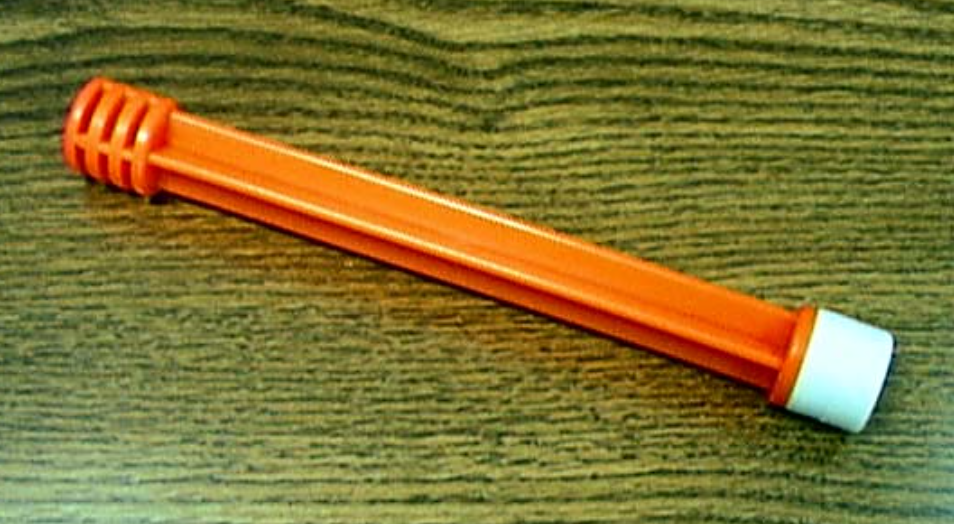
You’d think the reason for the banishment of dive sticks would be drowning, but that was the least of this toy’s worries. No, it was impalement that was the issue. One kid suffered a serious facial injury after diving into one of these plastic sticks. Now, the creators of these dive stick sets probably didn’t assume children would be diving right into them at 300 mph, but they were recalled all the same in 1999.
Poppin’ Pals
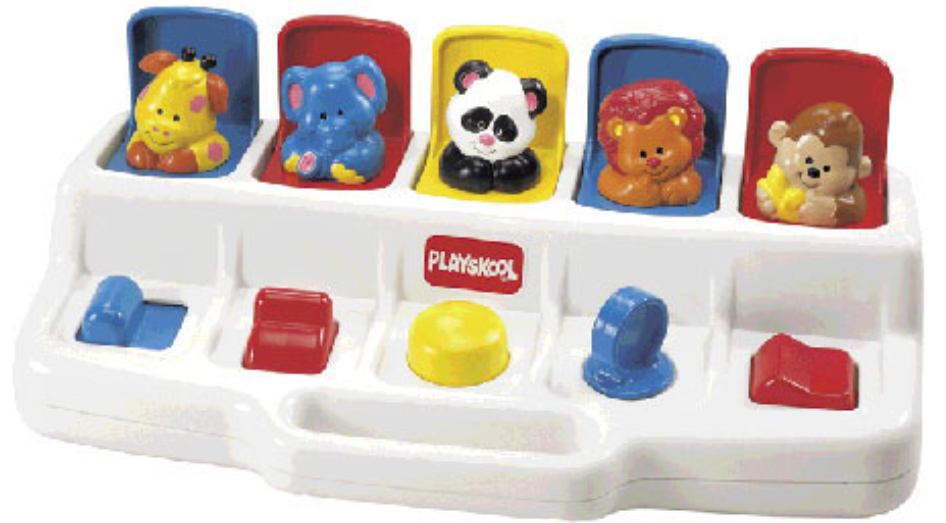
Poppin’ Pals was a toy for babies and toddlers, which featured a bunch of different buttons and handles that could cause a spring-loaded animal to pop up. It was OK once the initial horror subsided, because they were your pals. Sadly, they were also quite dangerous. Recalled for loose springs, babies were reported to have cut the insides of their mouths chewing on these things. Ouch!
Colorblaster
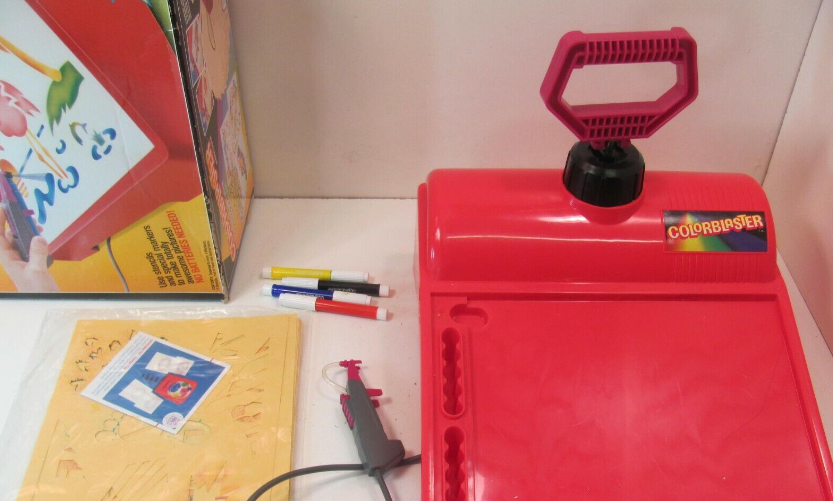
What do kids love more than anything in the world? Airbrushing! Well, they did for a few weeks in the 90s. Hasbro were the ones to capitalise on this fad by releasing the Colorblaster. Simply press down the hand pump and let the pressurised air push the paint out! Too bad this air caused the handle and cap to fly off at random, often causing injury to budding airbrush artists.
Model Dockyard
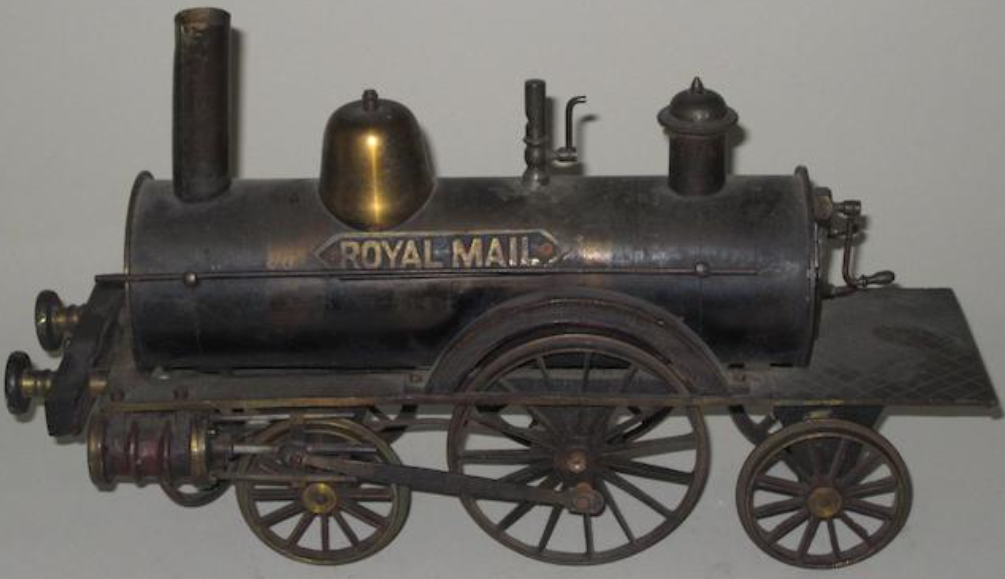
They went hard in the 1800s when it came to kids’ toys. Long before the days of Duracell, the Stevens Company Model Dockyard Locomotive – an actual moving locomotive – was all the rage. Kids would light either kerosene or alcohol to make the train go. The Model Dockyard, as authentic a toy as you’ll ever see, also dripped flammable fuel out of the back, which mums just LOVED! It was also made of metal. And was on fire inside.
Baby cages
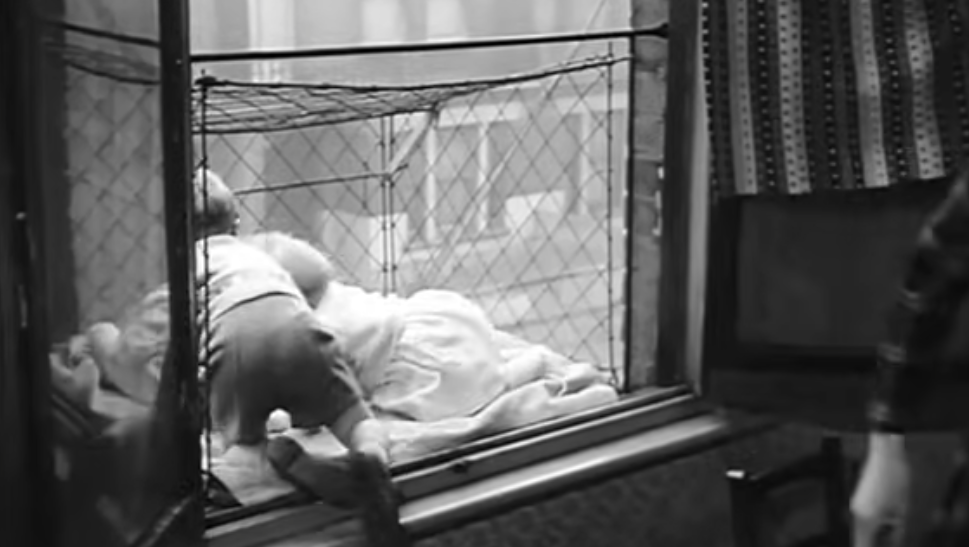
At the turn of the 20th century, baby cages were the latest parenting trend. They came as a result of Dr. Luther Emmett Holt’s concept of airing, which he wrote about in his book The Care and Feeding of Children. His book promoted giving newborns as much fresh air as they could, no matter the risk, which led to city-dwelling parents putting their infants in cages and dangling them outside of windows. Needless to say, these high-rise playpens didn’t last long.
Woodburning Kit

The words “wood” and “burning” shouldn’t ever come up in a pitch room at a toy manufacturer, but back in the 1960s, attitudes were different from what they are today. Kids? Forget bikes, it’s burning wood that will encourage them to spend all their pocket money and wash their neighbours’ cars hoping to attain more. Alas, the piping-hot wood burner pen didn’t go down well at all in American households and it was eventually scrapped.
Vac-U-Form

For a long while, toy manufacturers just couldn’t get enough of mixing children and superheated materials. The Vac-U-Form was similar to Creepy Crawlers in that the kids got to make their own toys. To do so, they had to heat up a sheet of plastic, use a mould and then suck the plastic over the mould to form the final toy. Obviously, this concept quickly proved unpopular.
Sixfinger

Hot off the press of other “toys that can cause instant blindness”, the Sixfinger wasn’t just lethal but just downright weird. Kids loved it though, as a sixth finger that doubles as a toy gun was just bizarre enough to become instantly beloved. However, maybe giving kids discreet guns just wasn’t the great idea the manufacturers thought it was, as all examples of this toy were quickly recalled.
Green Toy Mini Vehicles
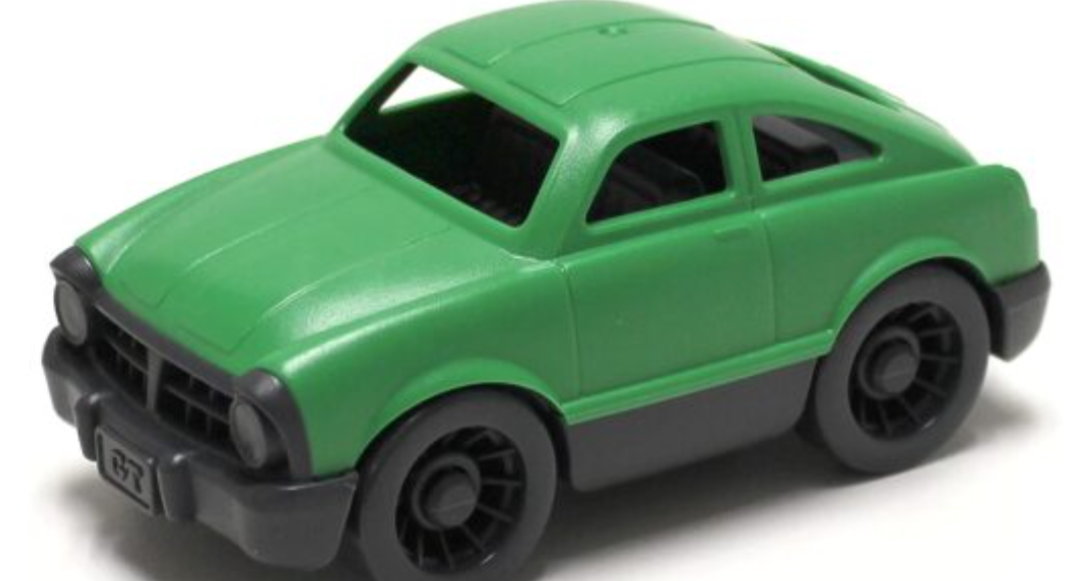
As innocuous as they sounded, the Mini Vehicle line of toy cars didn’t last long at all. They were only in production from March 2012 to June 2012, such was the worry surrounding their hazardous traits. It wasn’t that the cars as a whole were a choking risk for kids, but the detachable wheels and hubcaps struck fear in the hearts of many parents across Canada and America.
LED Pumpkin Spinning Wand
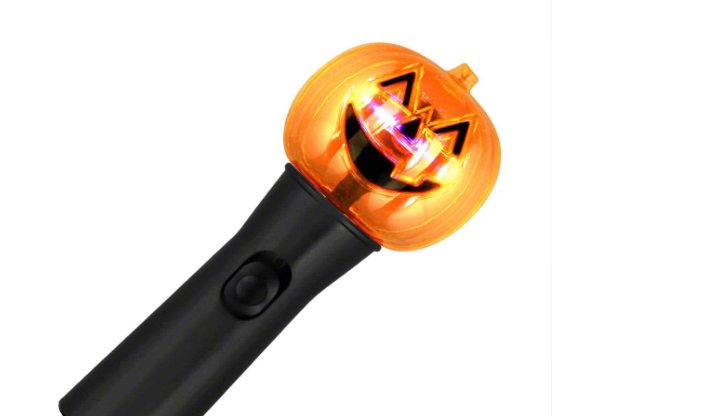
For kids, Halloween is one of the most important days of the year, so it’s no surprise that this LED Pumpkin Spinning Wand became so ubiquitous so quickly. However, this perfect Halloween accessory was eventually recalled over worries that children would open the battery compartment and suffer internal burn injuries from eating them.
Tap Dance Easter Chick
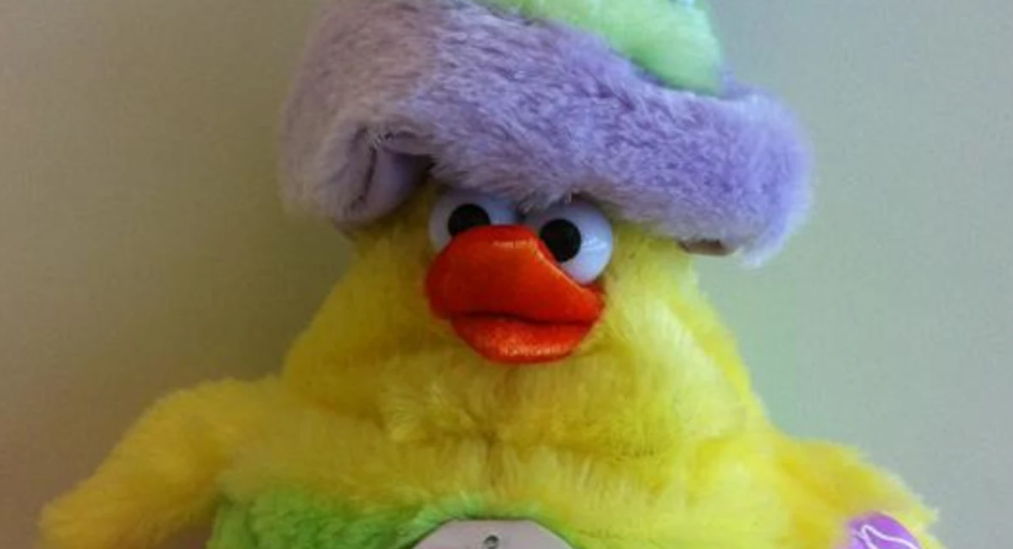
In 2013, Fred Meyer issued a recall of Dan-Dee “chicken dance” Tap Dance Easter Chicks for being too cluckin’ loud. This yellow chick was wholesome-looking enough, standing 9.5 inches tall and dancing whenever the left wing was squeezed. However, the federal Consumer Product Safety Commission said: “The toy’s music can reach decibel levels that exceed ASTM F963 standard, posing a hearing damage hazard.” Ouch!
Barbie Dream Camper
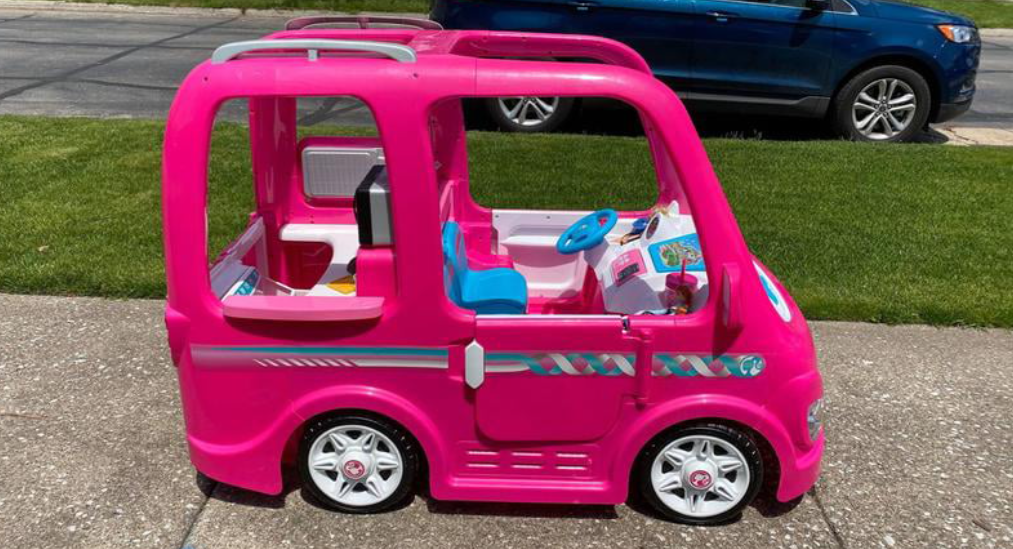
Imagine putting your child in a toy car only for them to speed off and never come back. How could something so terrible happen? Well, the foot pedal of children’s vehicles often has a mind of its own. 17 parents who had bought the Fisher Price Barbie Dream Camper had their children’s dream birthday present turn into a nightmare when their kids ploughed straight into a wall owing to faulty accelerators. The glitchy foot pedals resulted in a wide recall.
Kick Scooters
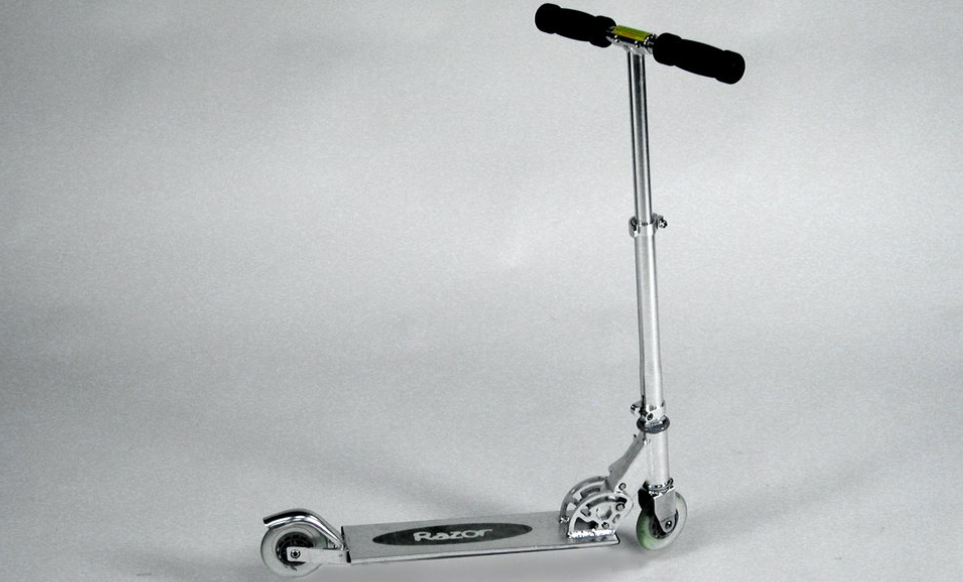
Kick scooters were a staple of many people’s childhoods during the 90s and noughties and, while they were largely harmless, they could do an absolute number on your ankles. Attempting a spinning “kick” trick on one of these scooters required a keen eye for physics, otherwise, karate chopping your own limbs with a large chunk of metal was the most likely outcome. Researchers found that between 1990 and 2011, kick scooters were responsible for a 40% rise in toy-related injuries.
Bounce houses
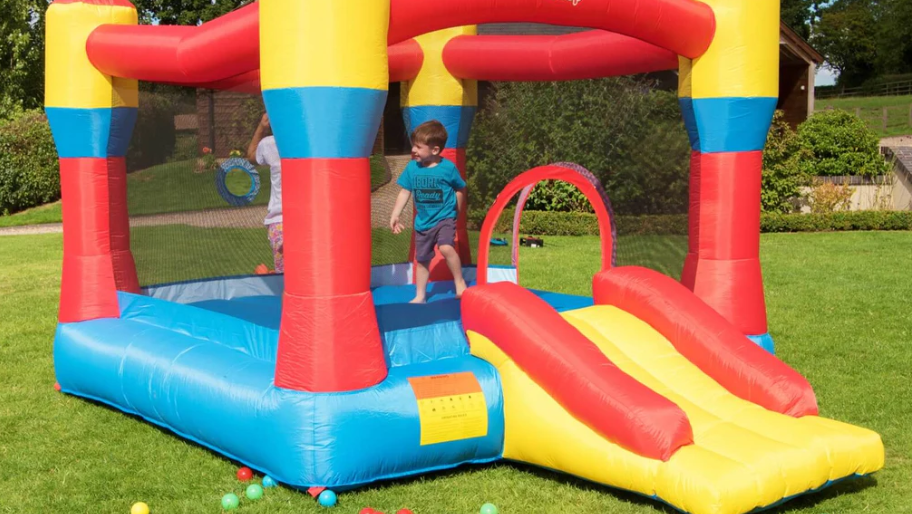
Bounce houses, otherwise known as bouncy castles, are all fun and games until you accidentally spring off one with too much force and land on your neck. These birthday party staples were responsible for over 17,000 injuries in 2013 alone, and a wind gust once sent a bounce house flying in Australia, killing at least five children and injuring several others.
Rollerblade Fury Inline Skates
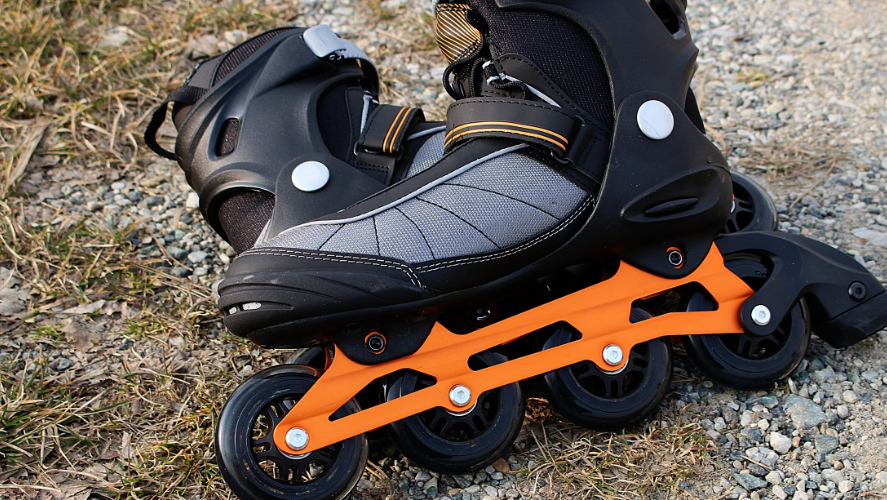
The addition of brakes to rollerblades in the mid 90s made the toys significantly less dangerous, for obvious reasons. Unfortunately, in 2023 Rollerblade USA had to recall their Fury Inline Skates because the brakes kept falling off, leaving kids hurtling down hills at out of control speeds with no way to slow down.
Candy Cigarettes
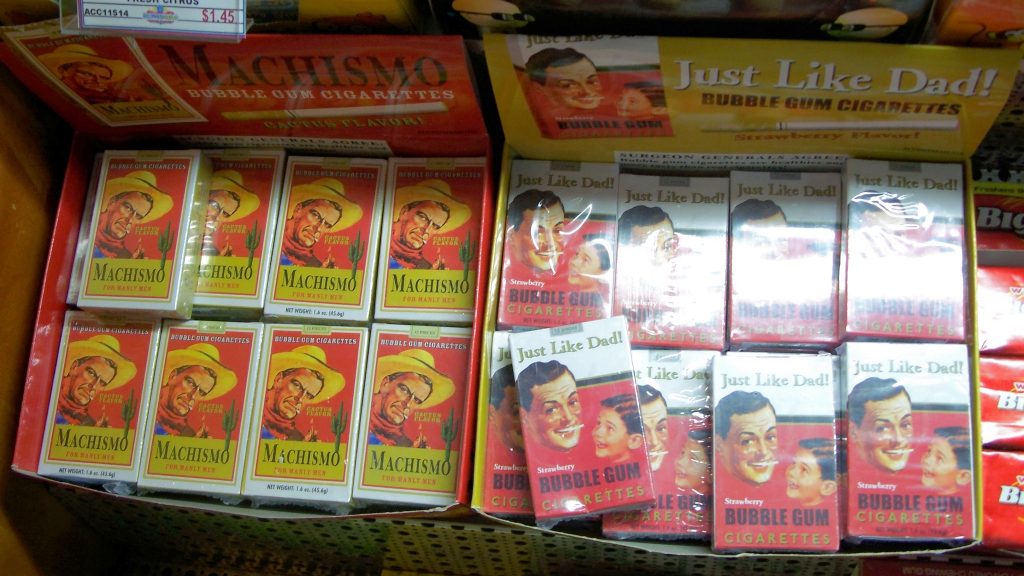
While they’ve never technically been made illegal, the vast majority of sweet shops stopped selling candy cigarettes a long time ago. Despite the fact that there’s nothing harmful about the sweets per se, they have understandably been accused of conditioning kids to smoke real cigarettes from a young age.
Kaplan Early Learning Hammocks
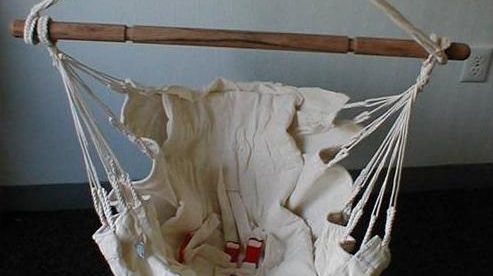
In 2009, Kaplan Early Learning agreed to a voluntary product recall of their baby hammocks after the US Consumer Product Safety Commission realised that they should probably be re-marketed as gallows. Although no incidents occurred, the hammocks’ tendency to flip without warning could easily have led to the strangulation of babies strapped into them.
SpongeBob address book
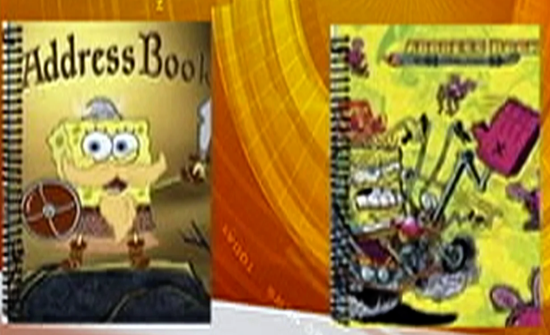
In August 2007, Martin Designs Inc. recalled a line of SpongeBob themed address books and journals. The reason? The spiral binders contained excessive amounts of lead. The fact that this mistake was made is particularly shocking in light of the fact that the use of lead in consumer products has been illegal in the United States since 1978.
Po Teletubby doll
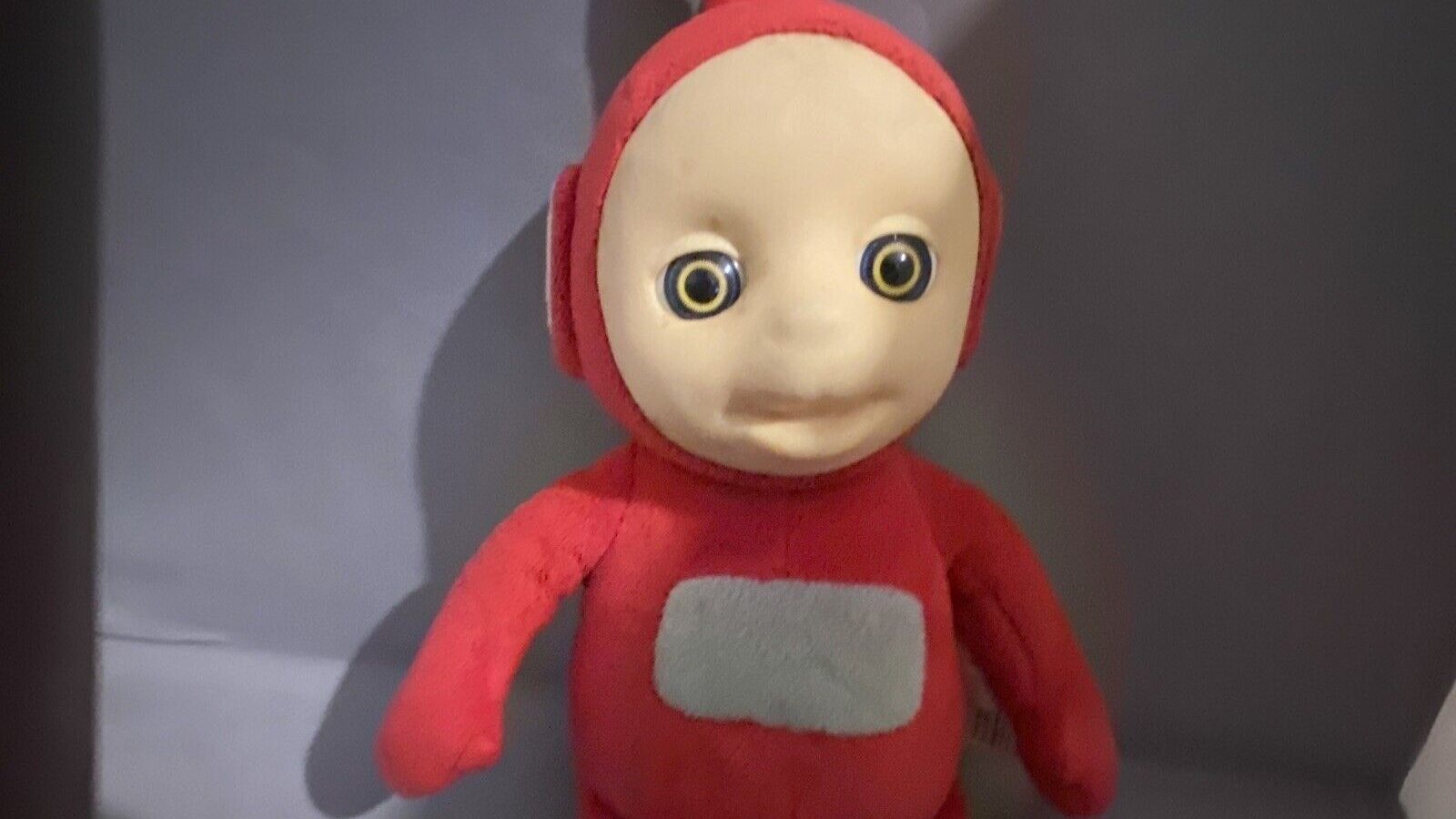
It might not have physically harmed any children, but the Po Teletubby doll may well have left some mental scars. In 1998, the toy was quietly removed from shelves after furious parents complained that it had a tendency to make inappropriate exclamations including “bite my butt” and “fatty, fatty,” as well as spouting a number of homophobic slurs.
Delta children’s swing

The main selling point of Delta’s children’s swings is the fact that they come with a harness to keep kids from flying out, so it was understandably a bit of an issue when said harnesses kept breaking for literally no reason. Fortunately, the product was recalled before any children were sent soaring gracefully through the air.
DigitDots Magnetic Balls
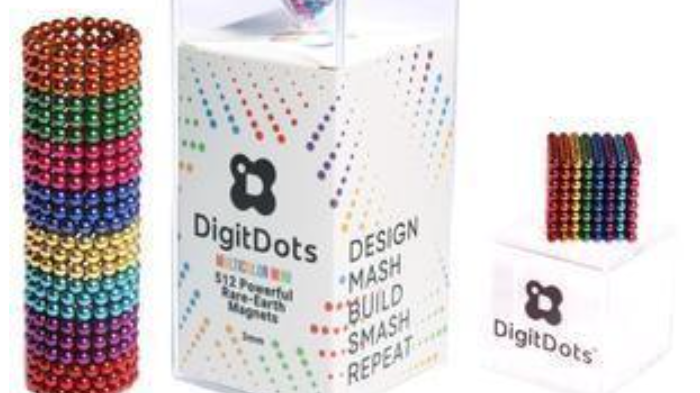
DigitDots Magnetic Balls proved once and for all that magnets and children just aren’t a great combo, thanks to their ability to cause serious harms to kids’ digestive systems if swallowed (whether intentionally or accidentally). The brightly coloured magnetic balls were finally banned after four children required surgery to remove them from their intestines.
MorfBoard Skate & Scoot Combo Scooters

In 2020, MorfBoard released a line of Skate & Scoot Combo Scooters with new, Y-shaped handlebars. Unfortunately, this design proved extremely prone to breaking, resulting in a number of children violently face-planting, and MorfBoard decided to pull the products before anyone sustained an injury more serious than a bloody nose.
Spirit Halloween children’s flashlights
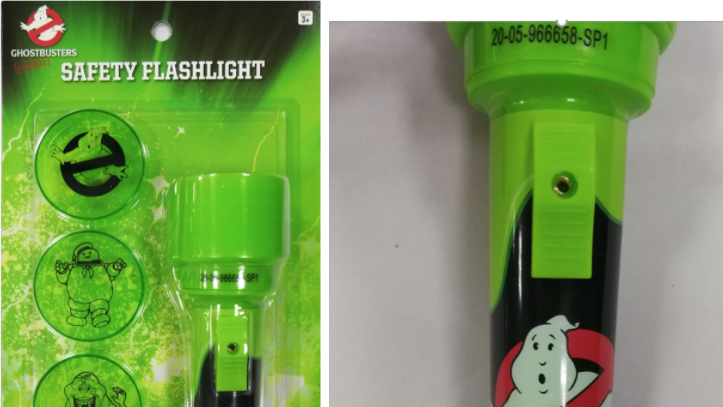
A range of children’s flashlights released by Spirit Halloween was quickly banned after it was discovered that some units contained faulty batteries that rapidly overheated. There were a total of four incidents before the flashlights were recalled, one of which resulted in burn injuries to a child.
Konges Sløjd rolling baby mirror toys
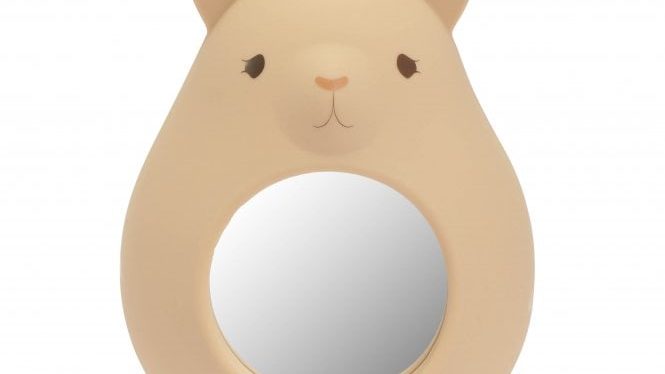
In 2020, Danish toymaker Konges Sløjd released a line of animal-like toys with mirrors attached to them, with the product description on their website stating the idea is for babies to ‘discover themselves’. Only around 85 units had been sold in the US when it was discovered that the mirrors detached if pushed on, exposing sharp edges that cut the mouth of at least one baby.